|
With in-person author events still on hold indefinitely, I'm devoting one blog post each month to an author interview. This month's interview is with Janet Glaser, who writes as J.Q. Rose. Her mysteries, Deadly Undertaking, Terror on Sunshine Boulevard and Dangerous Sanctuary, released by Books We Love Publishing, offer readers chills, giggles, and quirky characters. After presenting workshops on Writing Your Life Story for several years, Janet decided to take her advice and pen her memoir, Arranging a Dream: A Memoir. The book is scheduled for release January 1, 2021, also from Books We Love Publishing. Arranging a Dream tells the story of how Janet and husband Ted, budding entrepreneurs with more enthusiasm than experience, purchased a floral shop and greenhouses in 1975, where they planned to grow their dream. Leaving friends and family behind in Illinois and losing the security of two paychecks, they transplanted themselves, their one-year-old daughter, and all their belongings to Fremont, Michigan, where they knew no one. Through trials and triumphs, Janet and Ted dug in to develop a blooming business while juggling parenting with work and keeping their marriage thriving. To celebrate the Arranging a Dream: A Memoir Winter Virtual Book Tour, Janet is offering a free eBook to a lucky reader. Just leave a comment below to be entered in the drawing. Deadline for entries: Sunday, December 20, 9 pm Eastern Time. How is writing about real people, places, and events different from writing fiction, where you can invent characters, situations, and settings? Are the two processes similar in any ways?
In the acknowledgments, you mention that you and your husband Ted had fun recalling the times you write about in this memoir. Tell us more about how your memories meshed and how you reconciled differences when your memories of a specific event didn’t match.
What other techniques did you use to access the memories that helped you tell this story?
What do you hope readers will take away from Arranging a Dream? What did you gain by writing the book? I hope readers will be inspired to work toward their dreams. Use their passion to keep driving toward the future they envision. Looking through the lens of time allowed me to put myself into the shoes of the previous owners of the flower shop, Hattie and Frank. After owning the business for so many years and deciding to sell it, I discovered I was like Hattie. We disagreed a lot with Hattie about how to run the shop and greenhouses because we wanted to use our new ideas and not listen to the tried-and-true methods she had developed during her years of experience. She was afraid we would fail by being so bold. I never thought I would admit I acted like Hattie when we sold our shop. I was also fearful the new owners would fail if they didn’t follow our ways of running things. Instead, they have been successful and are still in business. In addition to your own writing, you’re committed to helping others tell stories from their lives, through your Facebook group, your interactive journal, Your Words, Your Life Story: A Journal for Sharing Memories, and your workshops. Why is this important to you, and what are the rewards?
What’s next? Are there other periods of your life that might lend themselves to a memoir? Or will you write more fiction? Next, I hope to turn the book, Your Words, Your Life Story, into a course so I can reach more people and encourage them to write their stories, because I am a life storytelling evangelist. I always have ideas for stories swirling through my brain, so I will be writing, but I have not chosen which idea to develop at this time. I am just savoring touring around cyberspace, meeting authors and readers. Anything else you'd like to add? Thank you, Nan, for hosting me during the Arranging a Dream: A Memoir Winter Virtual Book Tour!
16 Comments
These challenging times can be both stimulating and stifling to creative types. Some writers and artists I know have found comfort in their work; others have been unable to summon their muses and have turned to other activities for solace. I say, whatever works! These times are exceptional, and as I recently read in an article a friend sent me, “During this extraordinary time, we have to realize that everyone now has an additional part-time job that might be called Citizen of the Covid-19 Pandemic,” and we need to give ourselves credit for the time and energy that extra work takes. 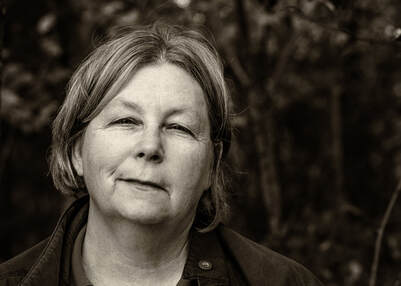 Gail Howarth Gail Howarth One artist who's managed to do inspired and inspiring creative work while coping with the pandemic is photographer Gail Howarth. Regular readers of HeartWood may remember seeing Gail featured here a couple of years ago. At that time, she was working on a photography/writing project with Mel Trotter Ministries, a Grand Rapids nonprofit organization that works with homeless people. Now, she is once again combining photography and writing to call attention to today's pressing issues, which include but are not limited to COVID-19, essential workers, race and racism, and LGBTQIA community concerns. What led you to undertake this project? City Center Arts in Muskegon offered me the opportunity to be the featured artist there from September 1 to October 10. The gallery has been very supportive of me, my nature and landscape photography, as well as another project I am working on called The Gratitude Project By Lakehouse Photo. Originally we were going to feature The Gratitude Project. However, the rest of the exhibit will honor essential workers. We felt that gratitude, while a worthy topic, might seem insensitive to those that have sacrificed so much. We thought about postponing the featured artist wall or displaying my landscapes. But I felt like we were missing the opportunity to do something meaningful. The year 2020 has been challenging. The pandemic, racial tension and rioting, and a divide that grows deeper daily in our nation weigh heavily on my heart. I just kept thinking, this is a time to heal, not to fight amongst one another. When I proposed A Time To Heal to the folks at City Center Arts, they quickly agreed to the project. Christina once asked herself, Am I Black Enough? Later in life, as she experienced racism in many forms, the answer became clear. Christina expresses her concerns, her anger, and her wisdom by blogging and through dance. How did you find people to participate? Were most readily willing, or did you have to persuade some? I asked everyone I knew if they would participate, and then they asked everyone they knew. I posted requests for participants on my Facebook and Instagram pages and even contacted local social justice organizations. Most of the participants were referred through the gallery or Facebook friends. Of the 17 participants, I knew less than one-third personally. I received a lot of non-responses to emails and phone calls. However, those that expressed an interest in the project showed no hesitation about participating. Everyone felt like it was an important project and wanted to be involved. Like so many others 2020 grads, Chauncey lost the opportunity to complete his senior year of high school in person and to experience senior prom, skip-day, an actual graduation ceremony, and more. Read more about Chauncey here. How do you think communicating these varied stories and images can promote healing, both for individuals and for our country and world? In a nutshell, we need to get to know one another. The project gives folks from various backgrounds the opportunity to share their journey with people that are generally not a part of their community. Once we find common ground, it will become easier to communicate about and resolve tough issues. One example from the project would be that there has been immeasurable conflict related to wearing a mask to keep COVID-19 from spreading. There are many reasons stated, but I believe the biggest factor is that folks don’t know anyone that has had it, and therefore, it does not seem real. Three of the participants of the project have had COVID-19. Though all three have recovered, they struggle with ongoing health issues. One person caught the virus from a man that did not survive. Another worked in one of the hardest-hit hospitals in the Detroit area. She witnessed countless deaths every day. All three encourage everyone to wear a mask. Once you know someone that has had the virus, you will likely not question whether mask-wearing is right or wrong. Healing begins one person at a time. Hopefully, healing begins with one person, then a second and a third, and multiplies and impacts a whole community, a state, a nation, and beyond. Healing can be hard work and take years. But it can also be quite magical. Have you ever had a rigid belief about a thing and then learn one new fact about it, and it shreds everything you ever believed? I do hope that folks will find a few magical moments from the exhibit and blog posts. I don’t believe my project alone can make a profound change in the world. I do think that projects with the same or similar intentions are popping up all over as a reaction to the dysfunction we are currently experiencing. I hope that collectively change can and will happen. Lastly, I will admit that there was a moment during the early part of the project that I became disillusioned. Not all of my friends or family felt the project had merit. They thought that the result might create greater divisiveness versus the desired outcome of healing. I shared with one of the participants that my heart was a bit broken by the response. I asked her earnestly, what if the only heart opened or healed was my own. Her response was: Well, then the whole project is worth it. I am grateful, and I cherish her words. Working as a respiratory therapist at one of the hospitals hardest hit during the early days of the COVID-19 pandemic, Cindy contracted COVID-19. Now recovering, she asks that everyone wear a mask. In the introduction to “A Time to Heal” on your blog, you write about parallels between the present day and the 1960s. What similarities and differences do you see between the two times? Now and then, social unrest led to demonstrations and rioting. In the ’60s, the issues were related to civil rights, the feminist movement, the Viet Nam War, and the gay liberation movement. Today, we face the same problems and more, but the war we are fighting is with one another. Also, in the ’60s, people still had faith in our government, that our voices would be heard, and that real change could happen. Today, we have lost faith in leadership and our government, that our voices, no matter how loudly we cry, fall on deaf ears, and there is little hope for change. Kwame uses his sense of humor and insight to elevate awareness related to racism and the Black Lives Matter Movement. Kwame believes we are fundamentally bound together and that together we must find a way to get along. In your interviews with this broad spectrum of people, have any common themes emerged? The commonality would be the need or desire of the participant to tell their story or to be heard. All felt that in doing so that it might, in some small way, make a difference. Susan Bishop, MD, is a pediatric doctor. As COVID-19 has significantly changed patient care, she misses children's hugs and unmasked smiles. In an email, you wrote, “The creative process is funny for me. I never have a clear picture of what something will be in the beginning. It just morphs into what it becomes.” In what ways was that true for this project? First, I had no idea if I could pull off this project. I had two months during a pandemic to find people willing to be photographed, to share their stories, and translate them into an exhibit of words and images. Initially, I thought I would display one photograph and a few keywords of each person to convey the story. However, I could not come up with a smart way to show the words. In the end, I decided to label the images more traditionally. Each piece has a name and just a little information about the participant. Hopefully, viewers will become curious enough to read more about the participants on my blog. Then, as I selected and edited photos, I realized that for most participants, a single image left the story incomplete. I began mounting three to five images into a template with a plain white background. The stories were coming together, but still, something was lacking. One day, I accidentally placed one of the photos behind the others. It was fabulous!! I reduced the grayscale of the background image (made it lighter), and it became part of the story. In some cases, I had to backtrack to find and photograph backdrops that would complete the story. Lastly, I initially had a narrow concept of who should participate. The expansion happened naturally and felt right. When Justin learned personal protection equipment was in short supply, he came up with a plan that included renting the second largest cargo plane in the world and having it flown to China, filled with supplies, and flown back to Ohio to begin distribution. He then purchased US-made mask-making equipment and started production in Ohio. How has this project affected you personally? Deeply and on so many levels. There were many days that I felt hopeless. The division between people feels as if it grows larger every day, and I did not feel as though I was working fast enough or hard enough. But I came to believe that I am doing what I can to be a positive force for awareness and change. I will, in some way, continue the work that has begun with this project. I am honored and humbled that complete strangers would take the time to share their life experiences with me. Their words forever change me. The most life-changing aspect of the project is related to racism. I have never considered myself a racist. But, I have become more aware of the cultural bias that I carry with me. I listen with new eyes and ears, and feel with a heart more open. And, as those old untruths pop up, I look them over and toss them away. We have so very much to learn from one another. I am a forever student, and can barely wait for my next teacher. Siena is working toward awareness and social change as a member of the Sunrise Movement, an organization that seeks to remove oppressive and unsustainable systems to create a just future. What is your hope for this project and its impact? I hope that hearts and minds will be changed, that we will become a more unified people, even if we disagree, and as a result, create a better future for our children. That is a pretty big hope, isn’t it! I am not sure if it is realistic at all. But, in the words of John Lennon, “You may say I'm a dreamer, but I am not the only one.” I hope others will be inspired to start projects that promote healing and unity. Pastor Sarah believes it is time to put an end to our differences based upon race, learn to imitate the Kingdom of Heaven, and to live as one. Read more about Pastor Sarah here. A Time To Heal will be on display at City Center Arts from September 1, 2020, until October 10, 2020. Hours are limited, so please check the website before traveling to the gallery. Blog posts related to the participants are located at https://lakehousecc.com/living-at-the-lakehouse/
Not all blog posts related to the project are complete. Consider subscribing to be notified of new posts. If you've been a HeartWood subscriber for a while, you may remember the Last Wednesday Wisdom feature that appeared on the last Wednesday of every month. When I switched to publishing blog posts only twice a month--on the first and third Wednesdays--that feature went away, except for occasional appearances in months with an extra Wednesday. During these troubled times, though, I couldn't think of anything better to offer than a collection of wisdom from other minds. I hope you find comfort and inspiration here. Life is glorious, but life is also wretched. It is both. Appreciating the gloriousness inspires us, encourages us, cheers us up, gives us a bigger perspective, energizes us. We feel connected. But if that's all that's happening, we get arrogant and start to look down on others . . . On the other hand, wretchedness--life's painful aspect--softens us up considerably. . . but if we were only wretched . . . we'd be so depressed, discouraged, and hopeless that we wouldn't have enough energy to eat an apple. Gloriousness and wretchedness need each other. One inspires us, the other softens us. They go together. -- Pema Chödrön You only get one chance. You have one journey through life; you cannot repeat even one moment or retrace one footstep. It seems that we are meant to inhabit and live everything that comes toward us. -- John O'Donohue Prejudice of any kind implies that you are identified with the thinking mind. It means you don't see the other human being anymore, but only your own concept of that human being. To reduce the aliveness of another human being is already a form of violence. -- Eckhart Tolle When you can't find someone to follow, you have to find a way to lead by example. -- Roxane Gay Clouds come floating into my life, no longer to carry rain or usher storm, but to add color to my sunset sky. -- Rabindranath Tagore My sense of the holy . . . is bound up with the hope that someday, any millennium now, my remote descendants will live in a global civilization in which love is pretty much the only law. -- Richard Rorty We have to fight them daily, like fleas, those many small worries about the morrow, for they sap our energies. -- Etty Hillesum You may not control all the events that happen to you, but you can decide not to be reduced by them. -- Maya Angelou You say to yourself when you are at liberty how desperate you are for your solitude, you love your periods of solitude, you scramble for it, you find ways of being by yourself so you can do what you want with yourself and your mind. But when you're deprived of it for a lengthy period then you value human companionship.
-- Wole Soyinka In the last installment of HeartWood, I wrote about some of the ways I've been filling my unexpected free time during the weeks of social distancing and Stay Home - Stay Safe. In this installment, I'm giving other folks a chance to share what they've been doing. And what a variety of things they've come up with! Check them out! Tonya Howe |
Written from the heart,
from the heart of the woods Read the introduction to HeartWood here.
Available now!Author
Nan Sanders Pokerwinski, a former journalist, writes memoir and personal essays, makes collages and likes to play outside. She lives in West Michigan with her husband, Ray. Archives
April 2022
Categories
All
|
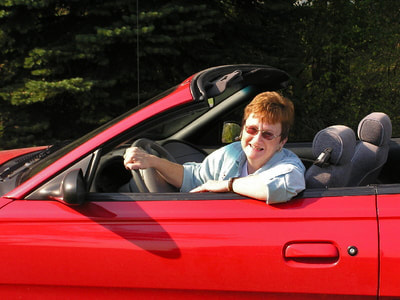
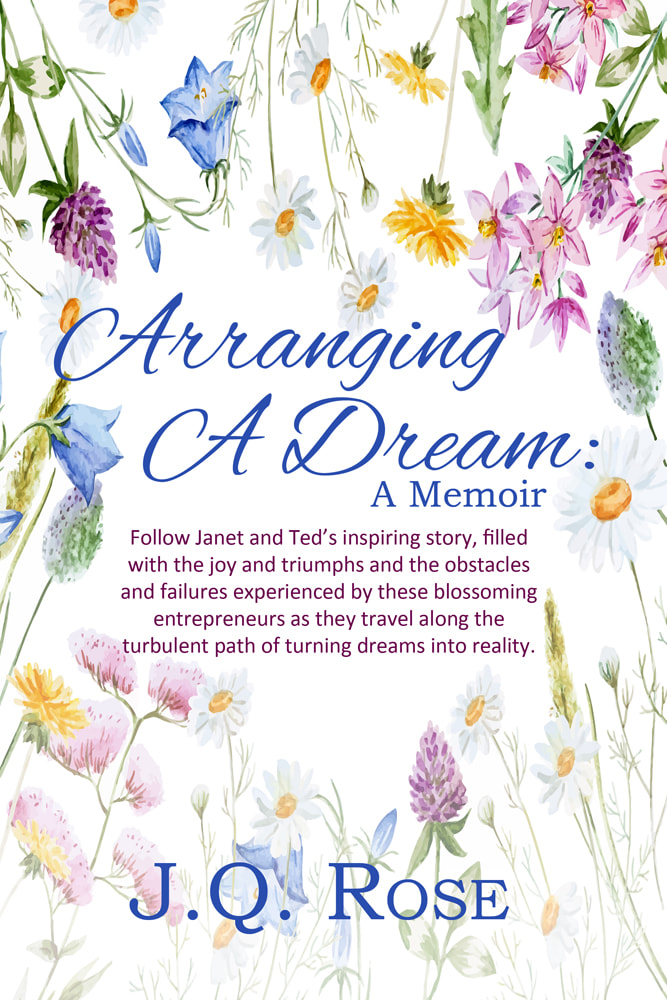
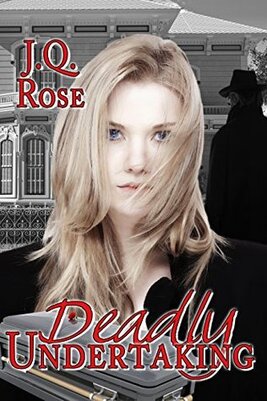
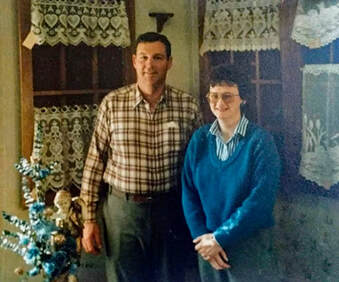
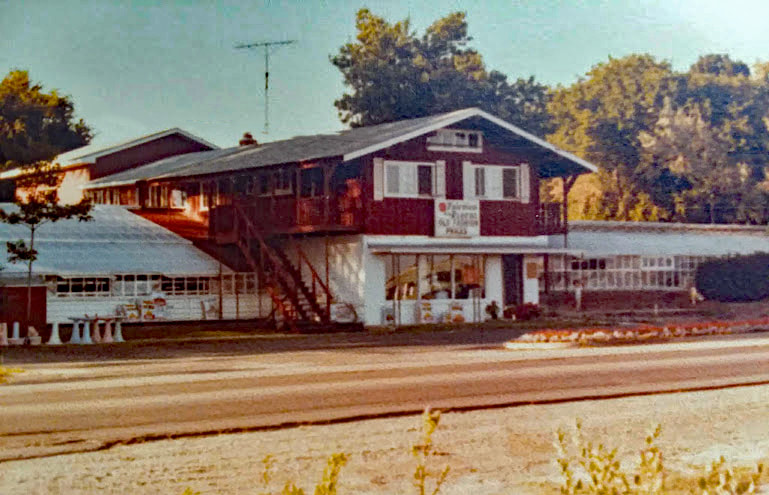
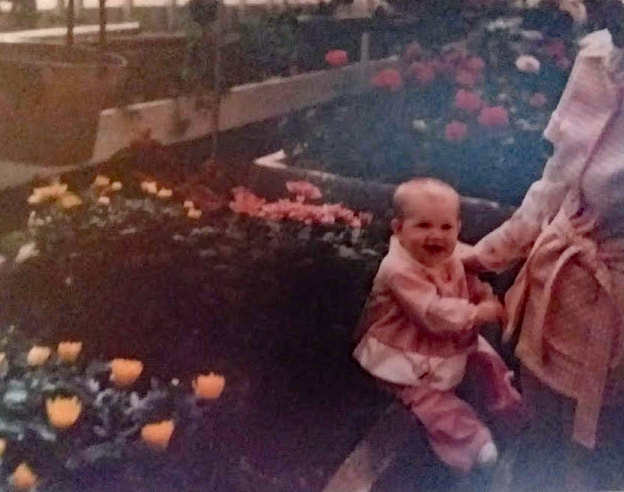
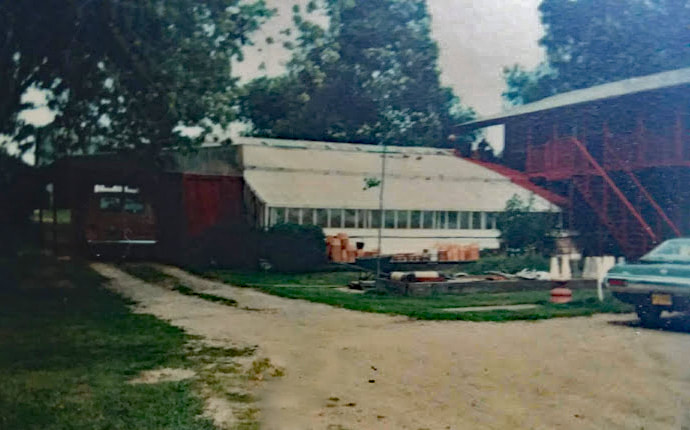
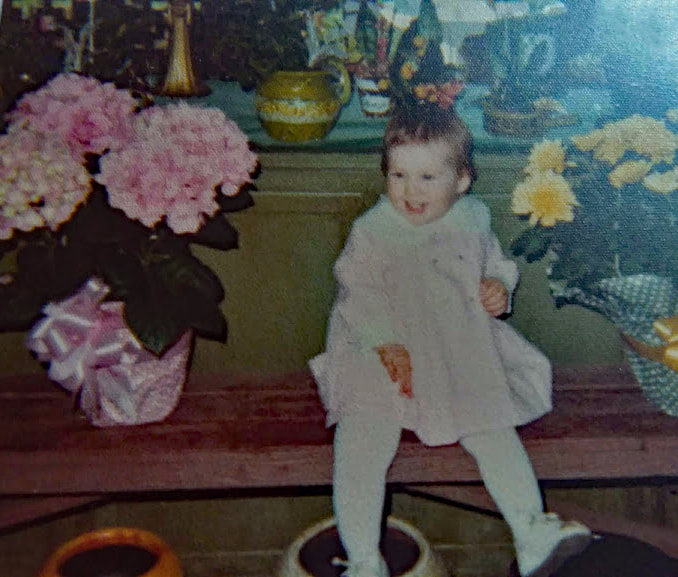
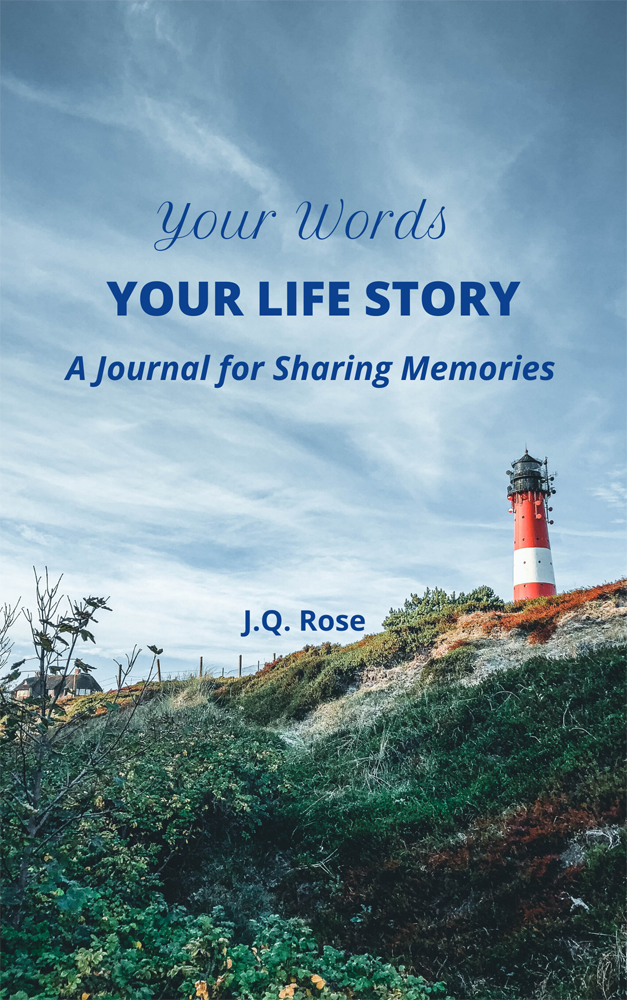
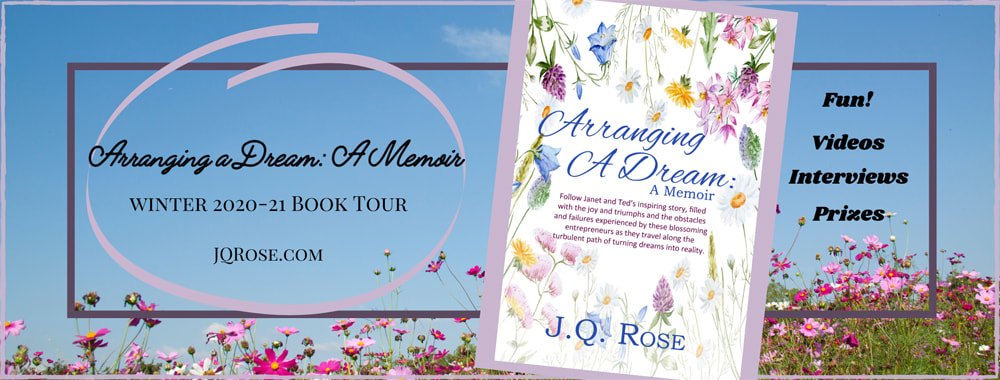
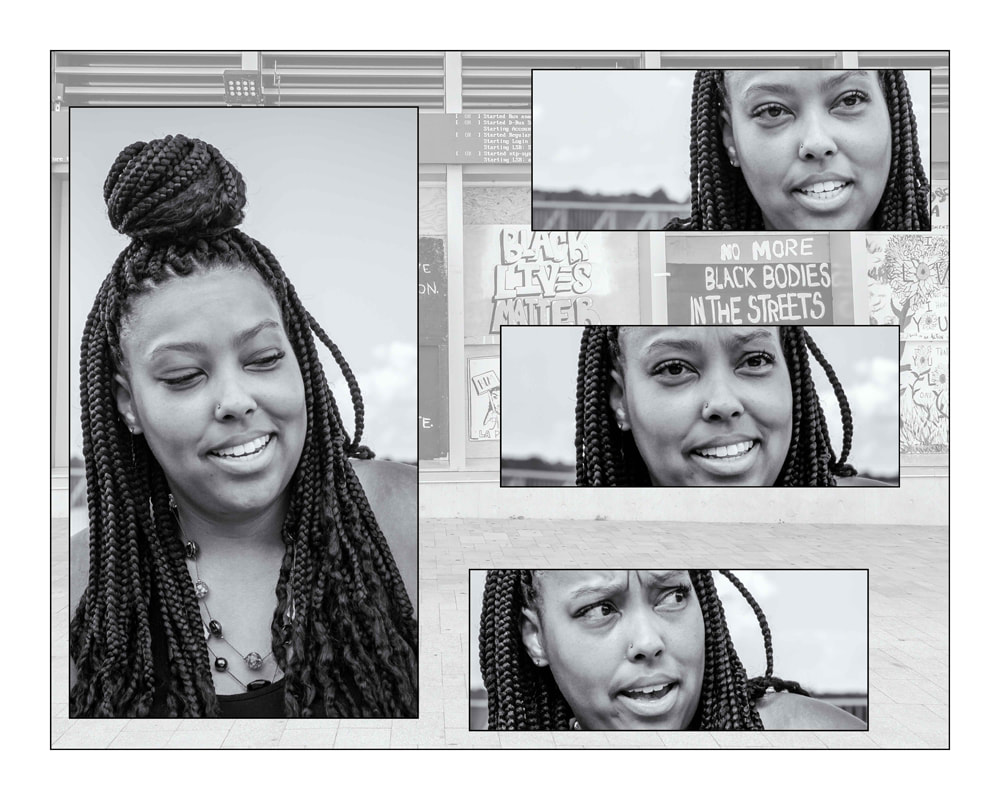
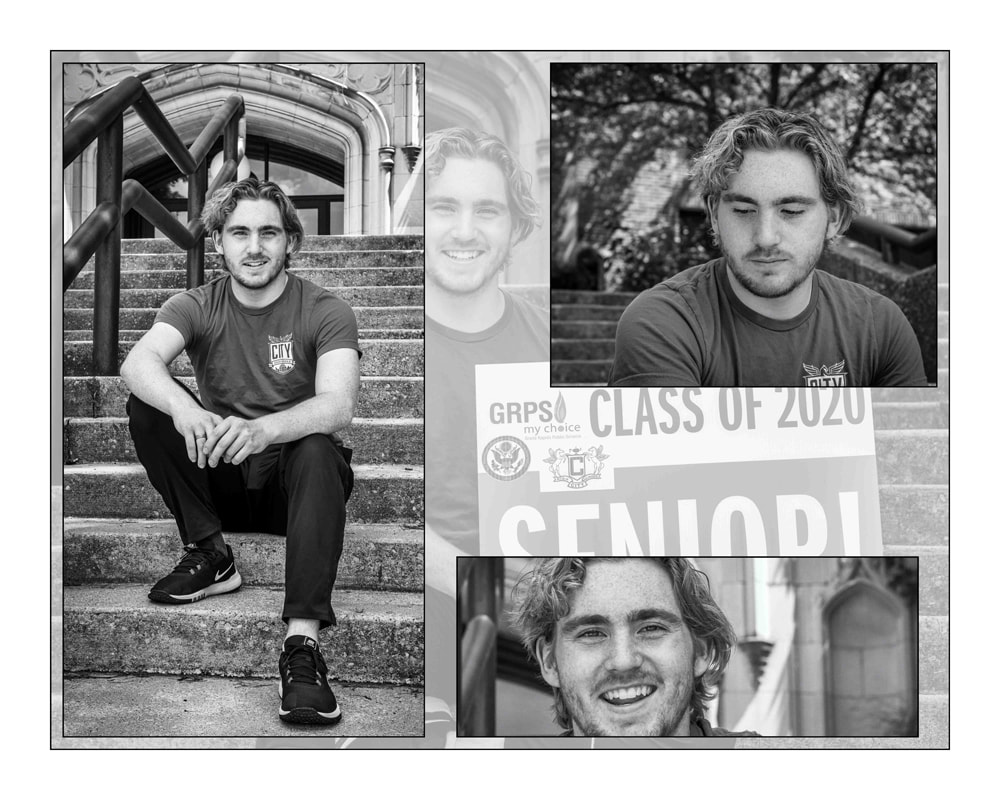
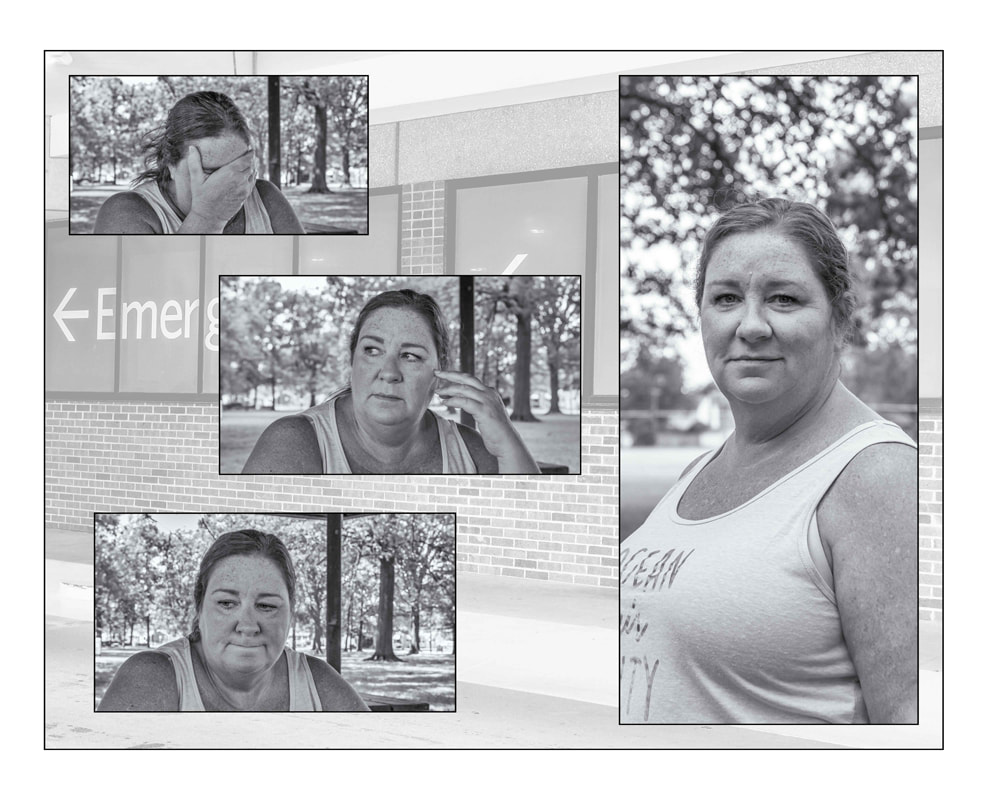
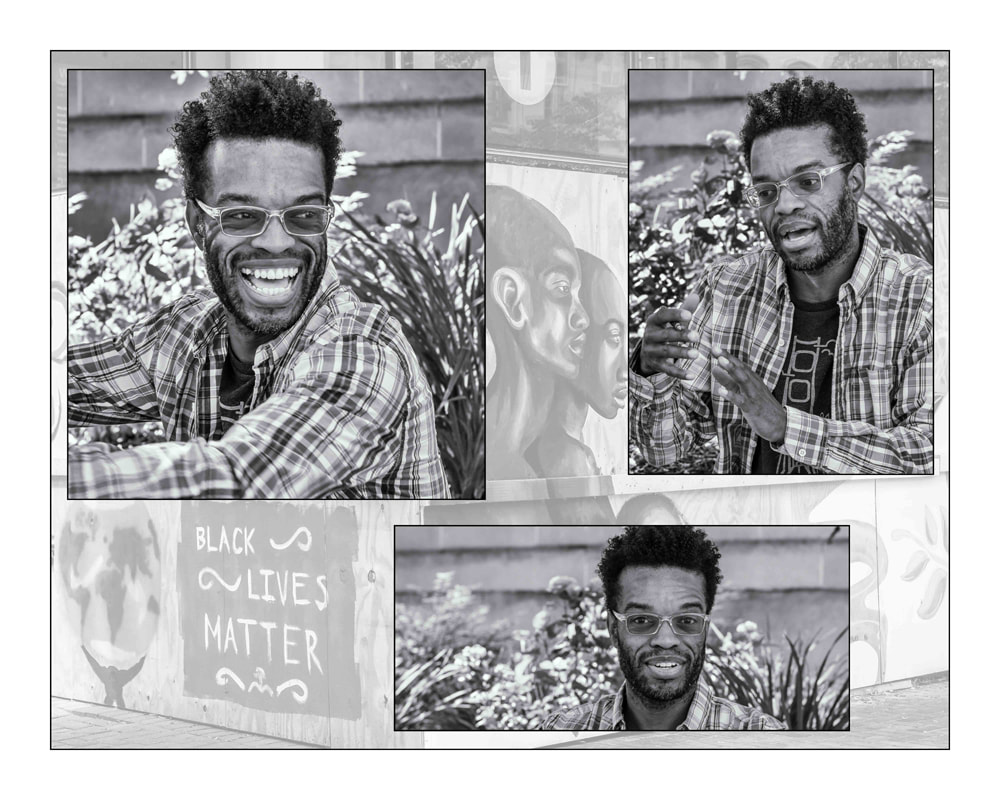
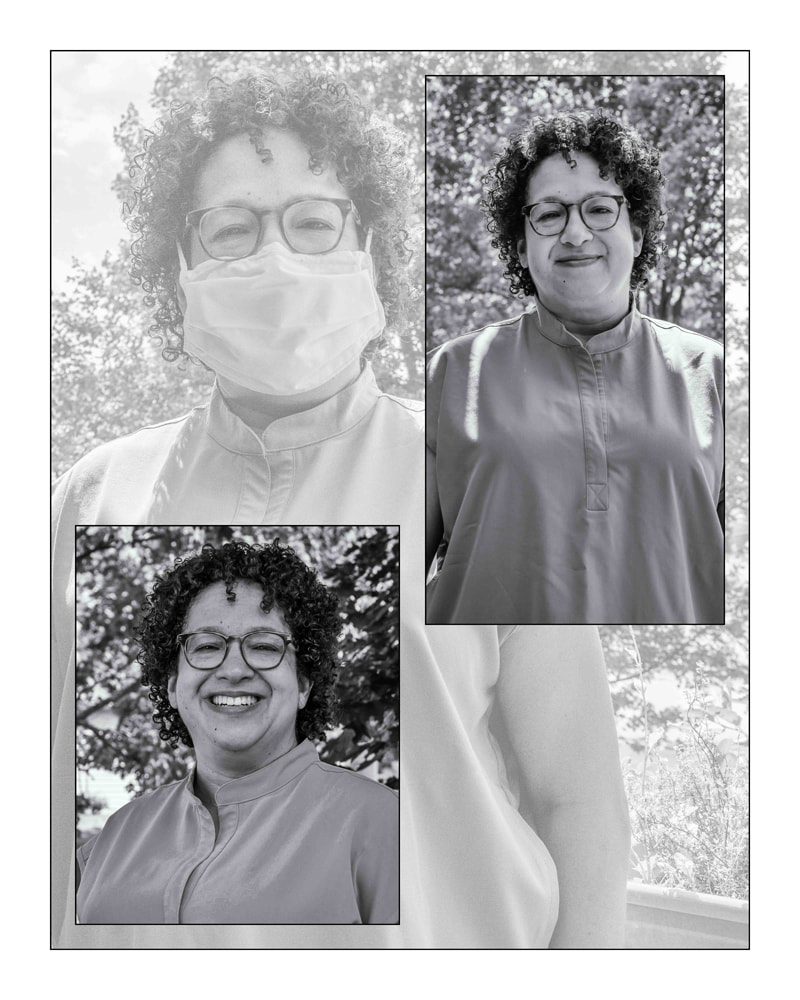
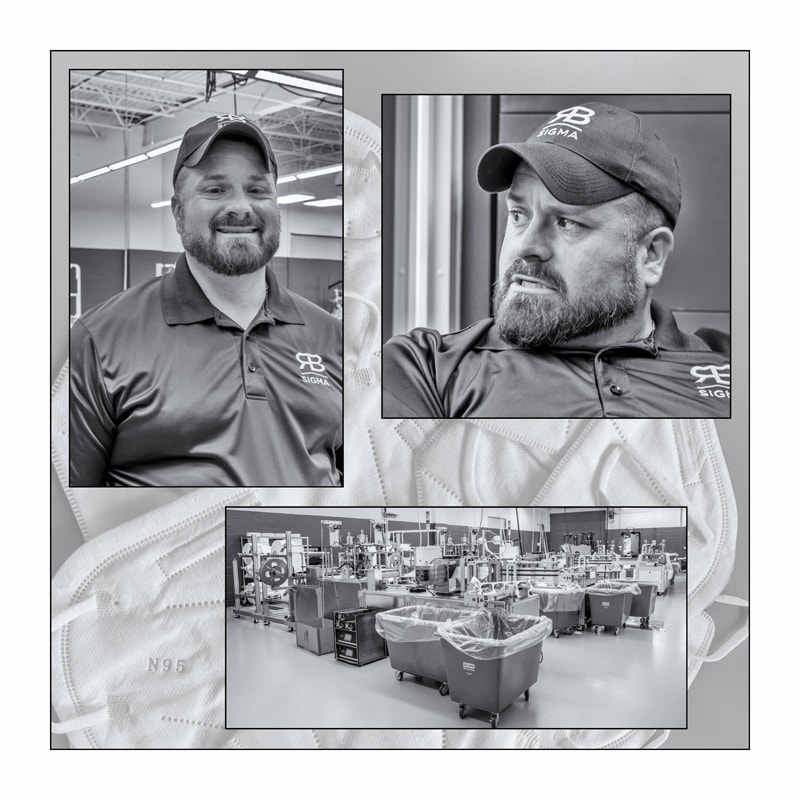
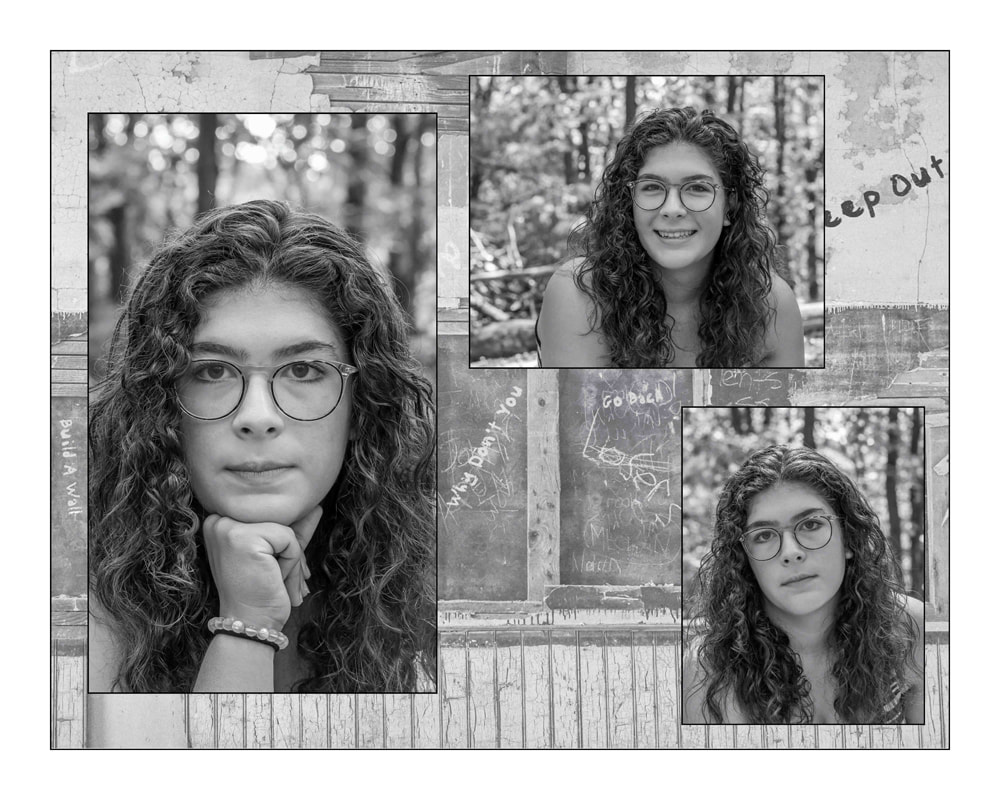
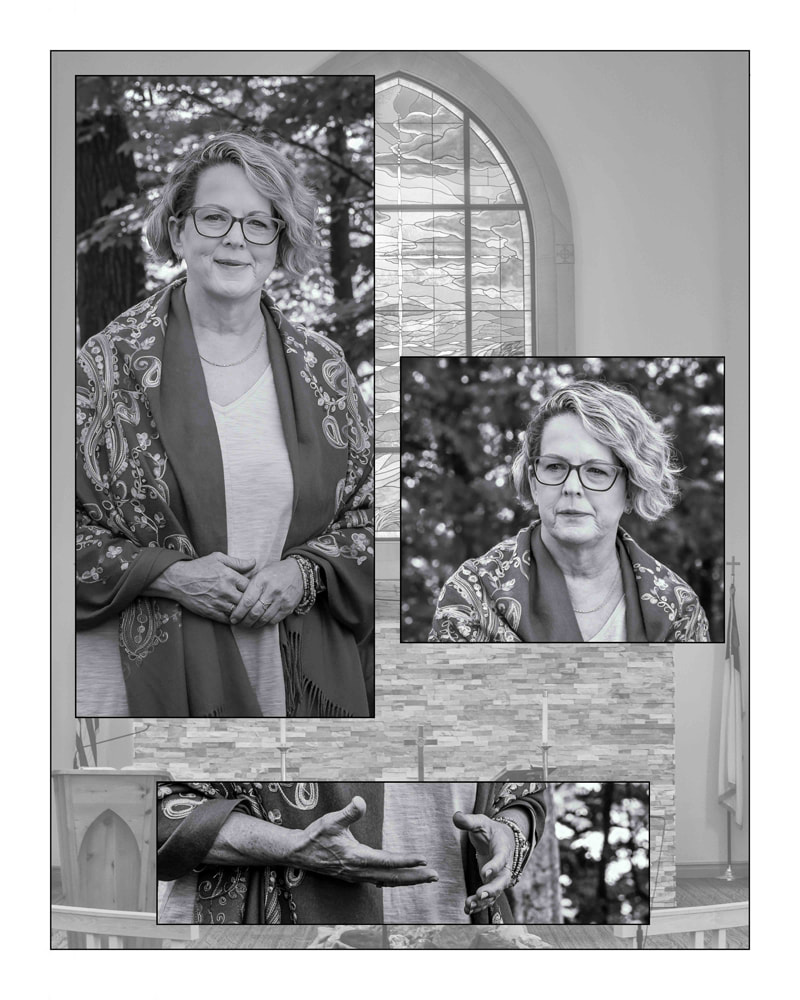

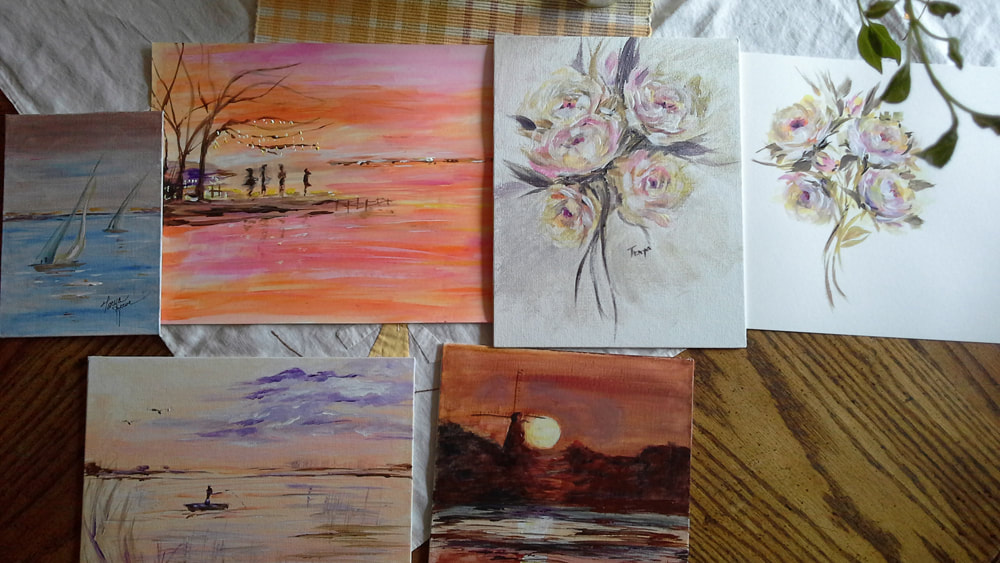
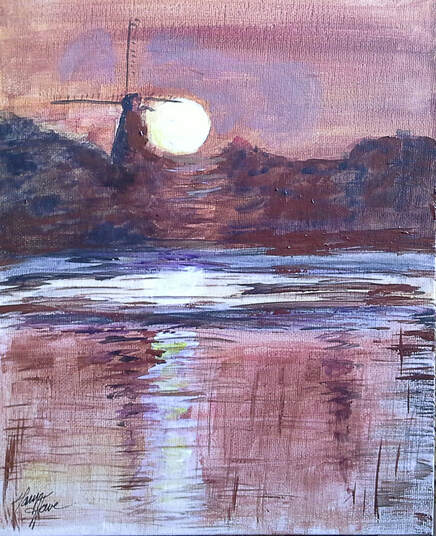
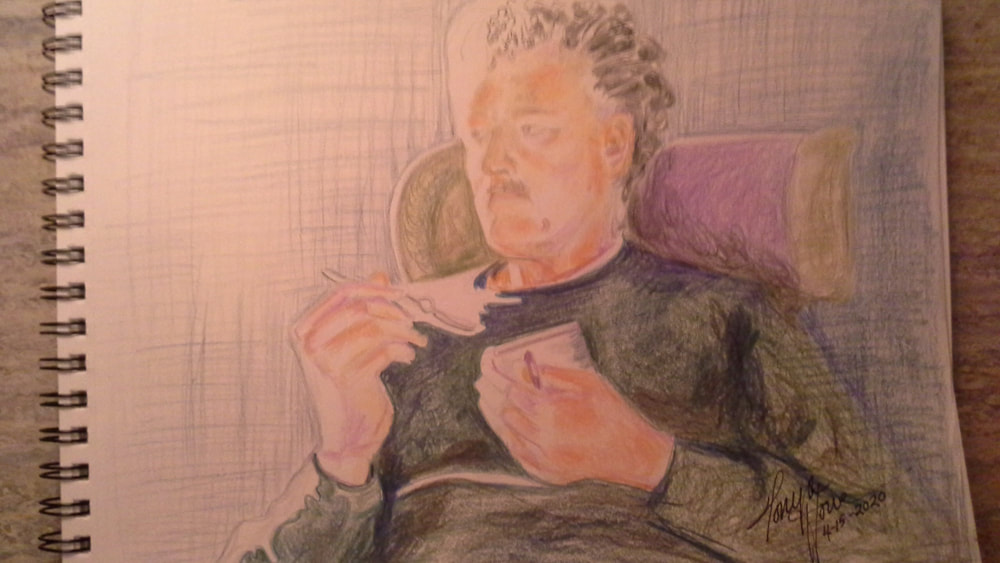
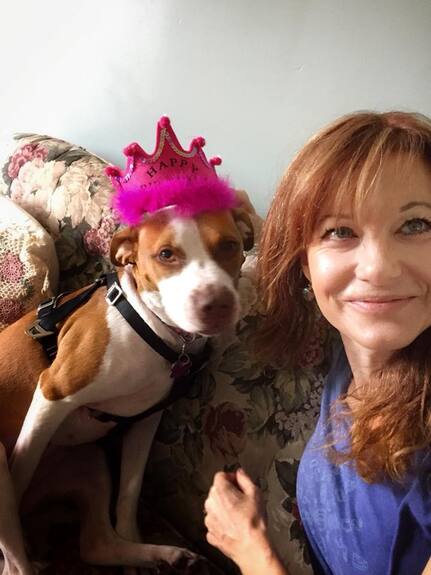

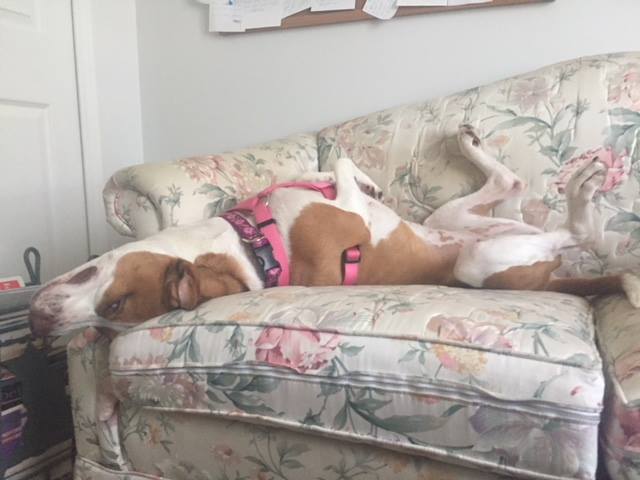
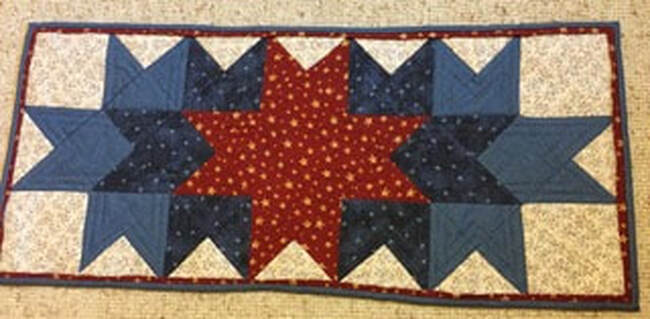
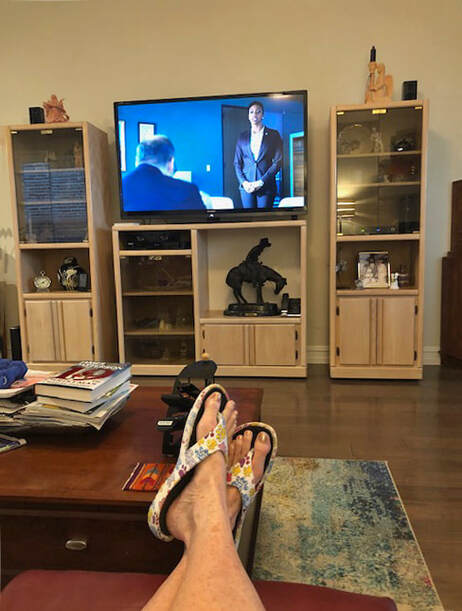
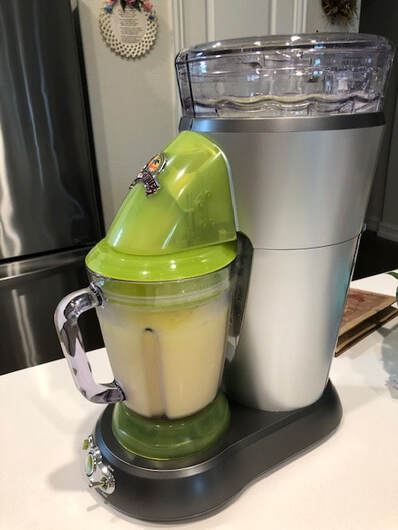
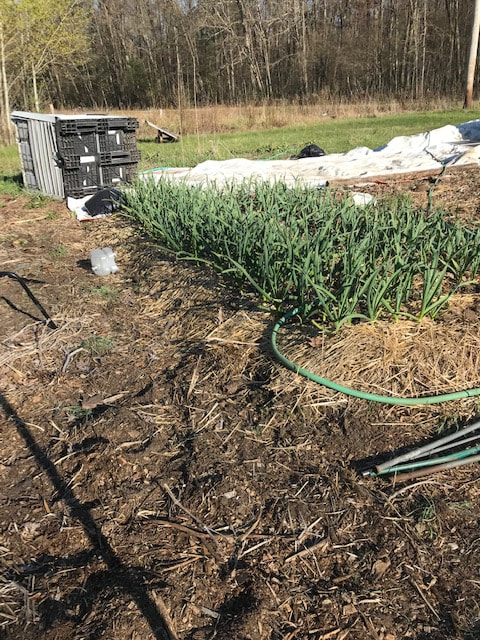
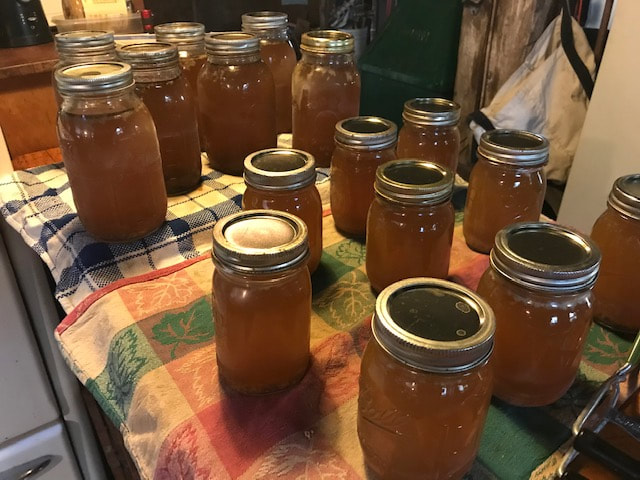
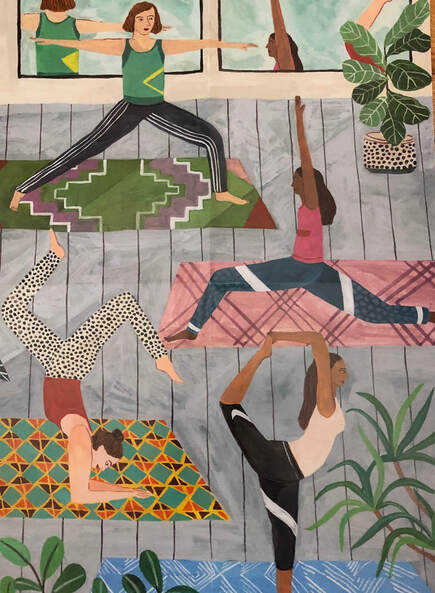
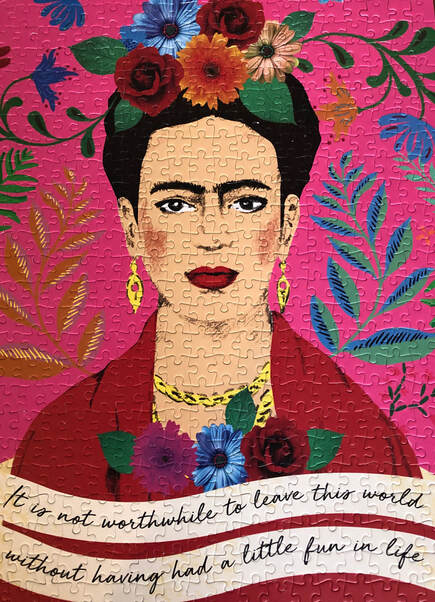
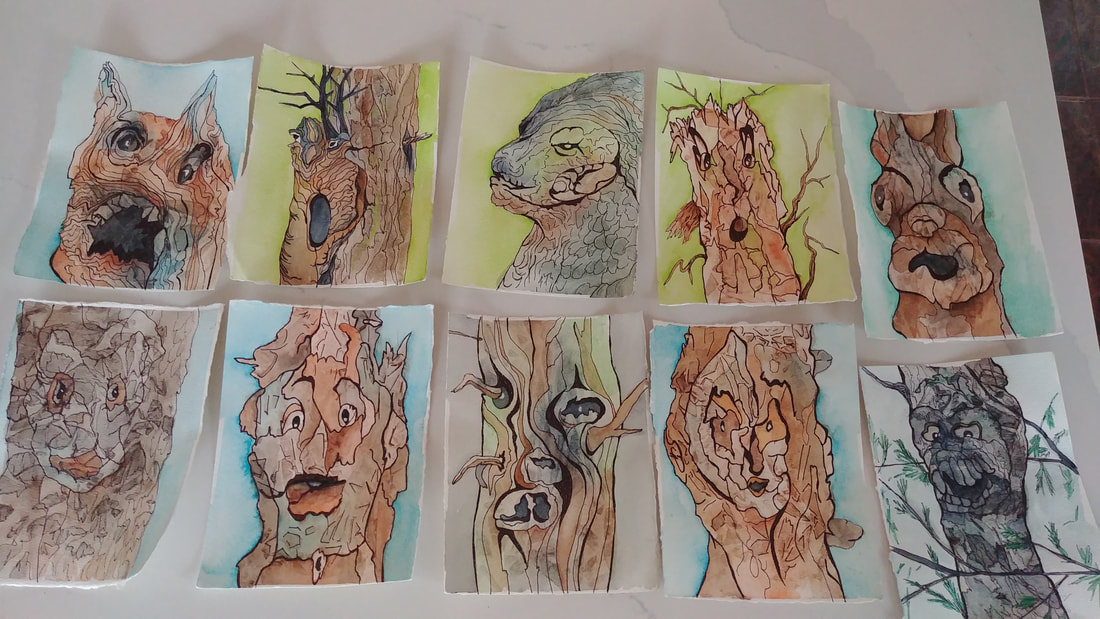
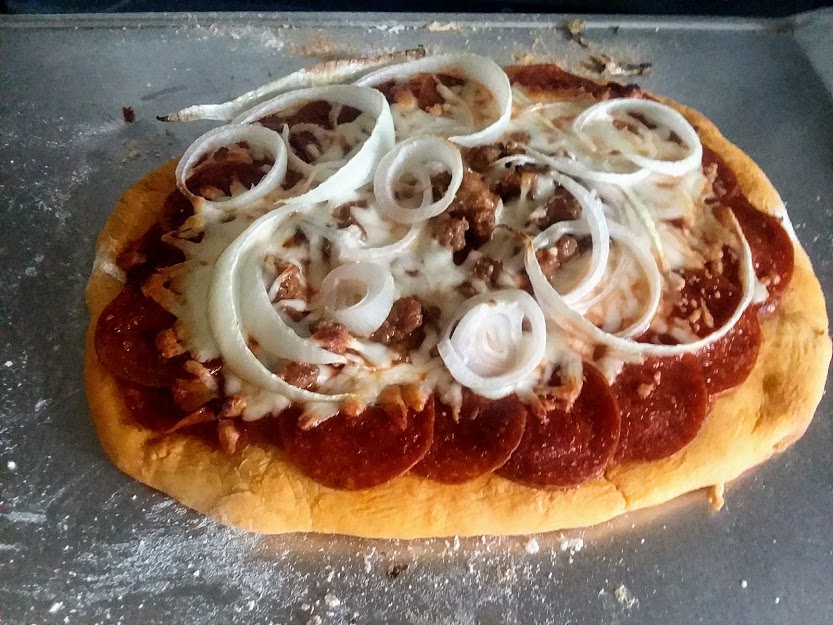
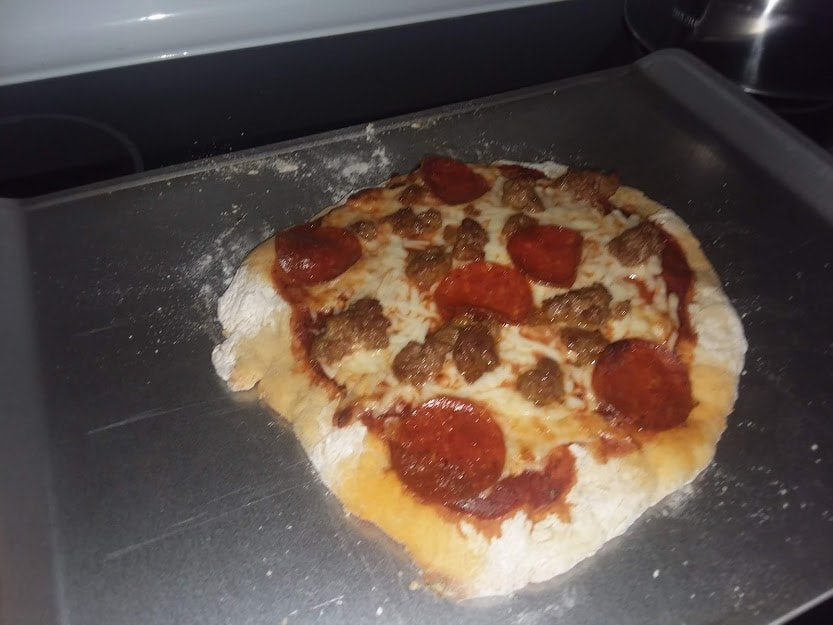
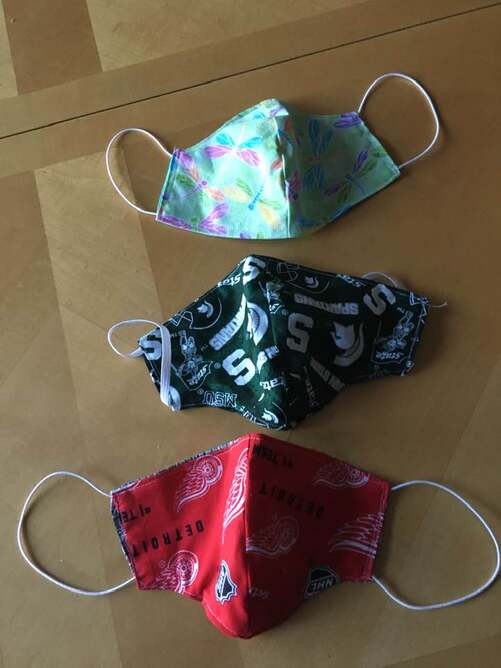
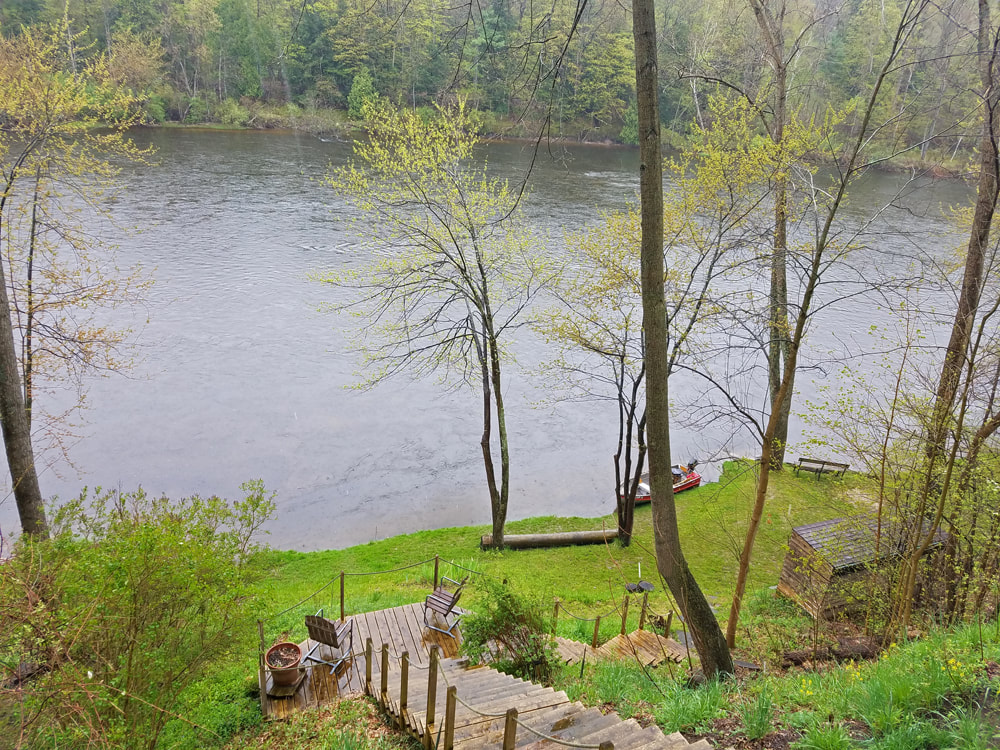
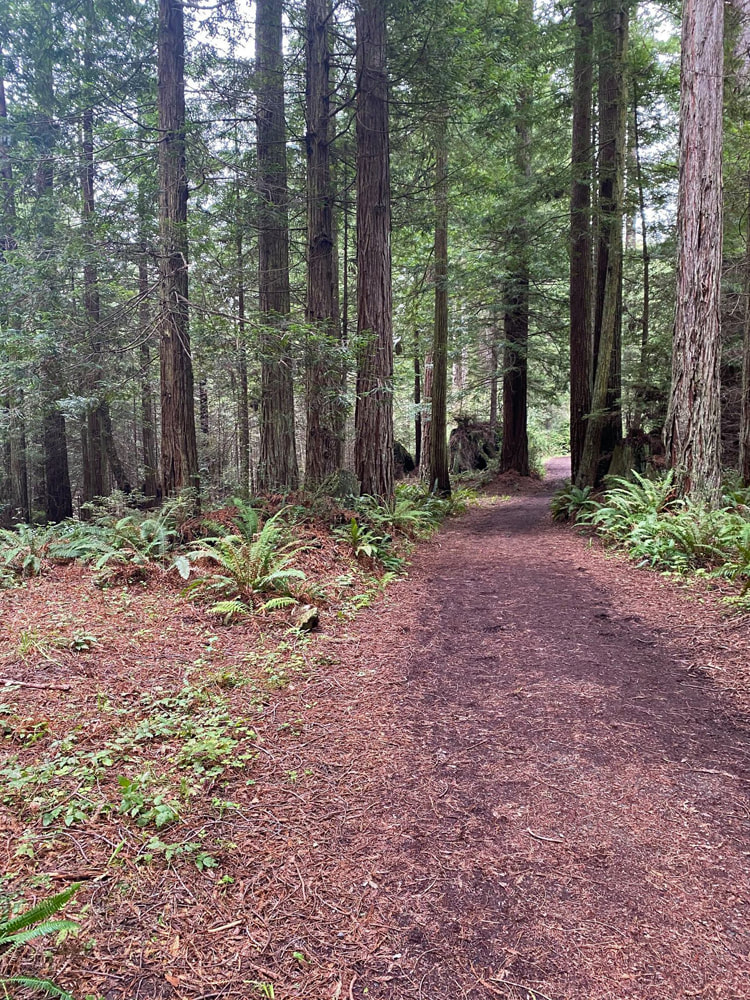
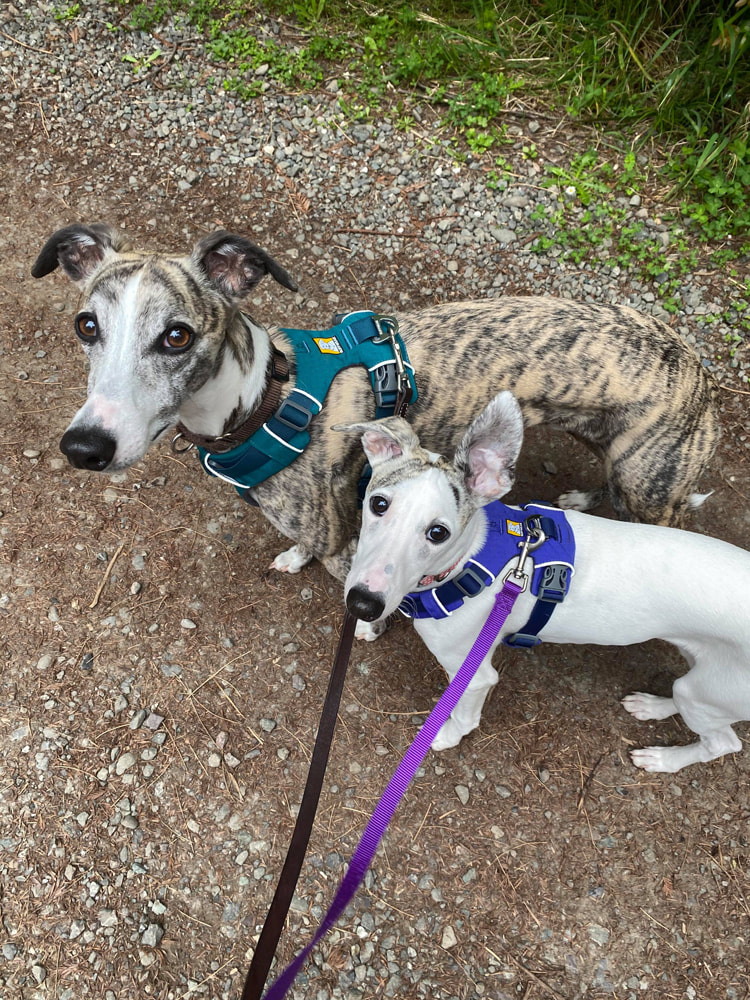
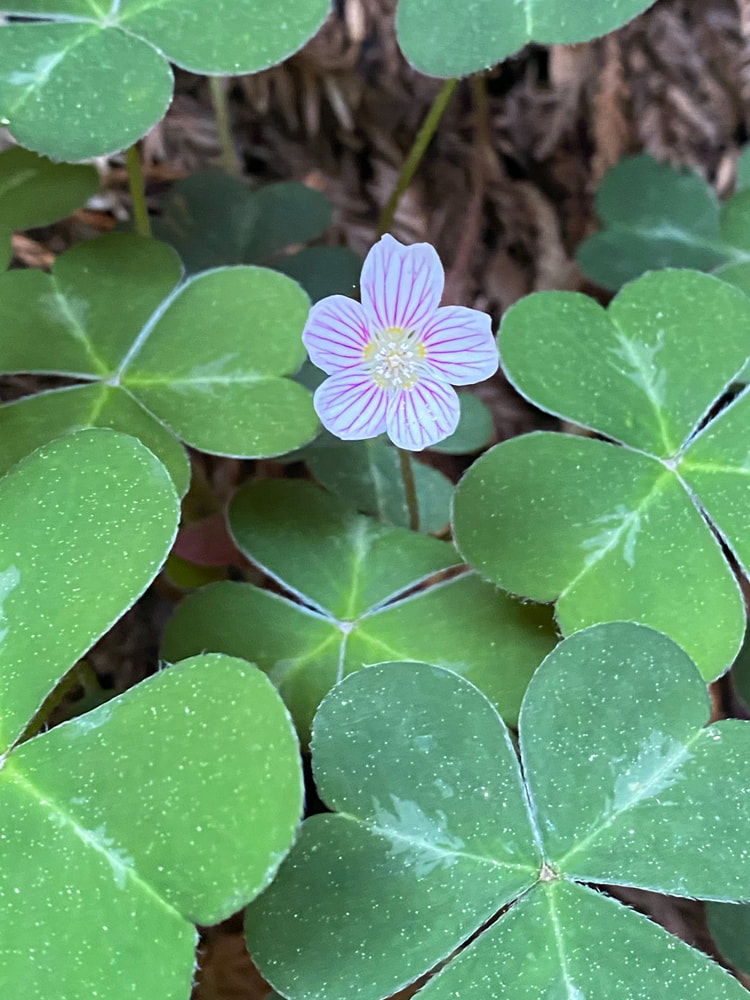
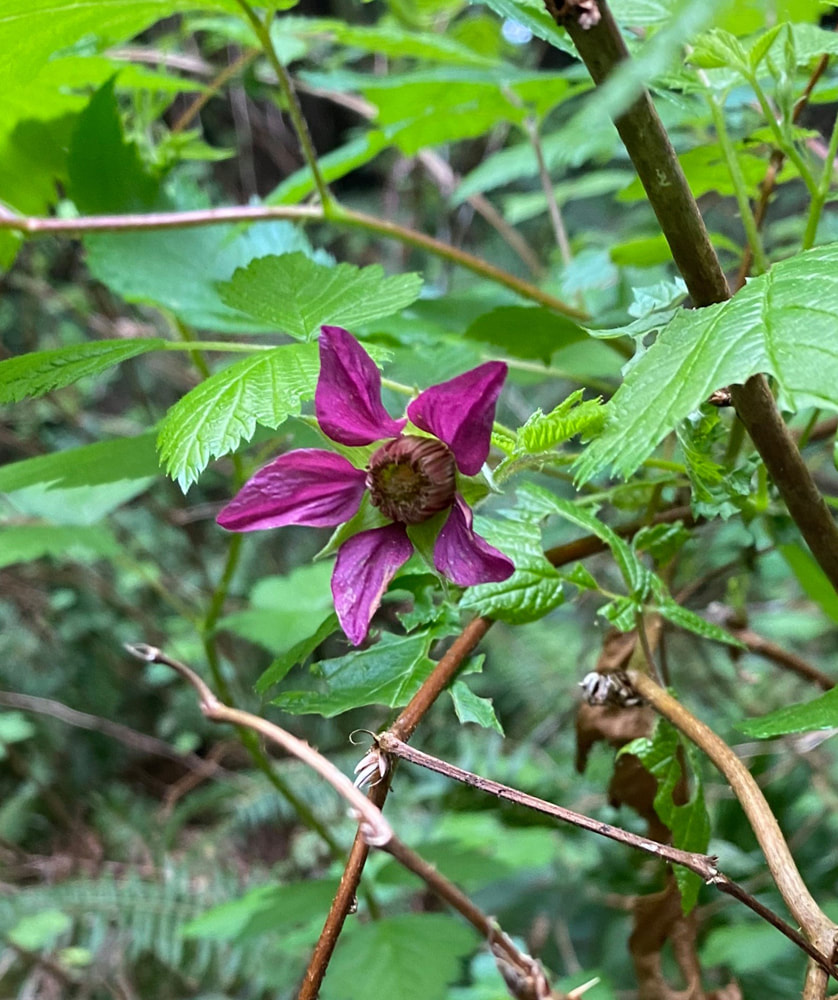
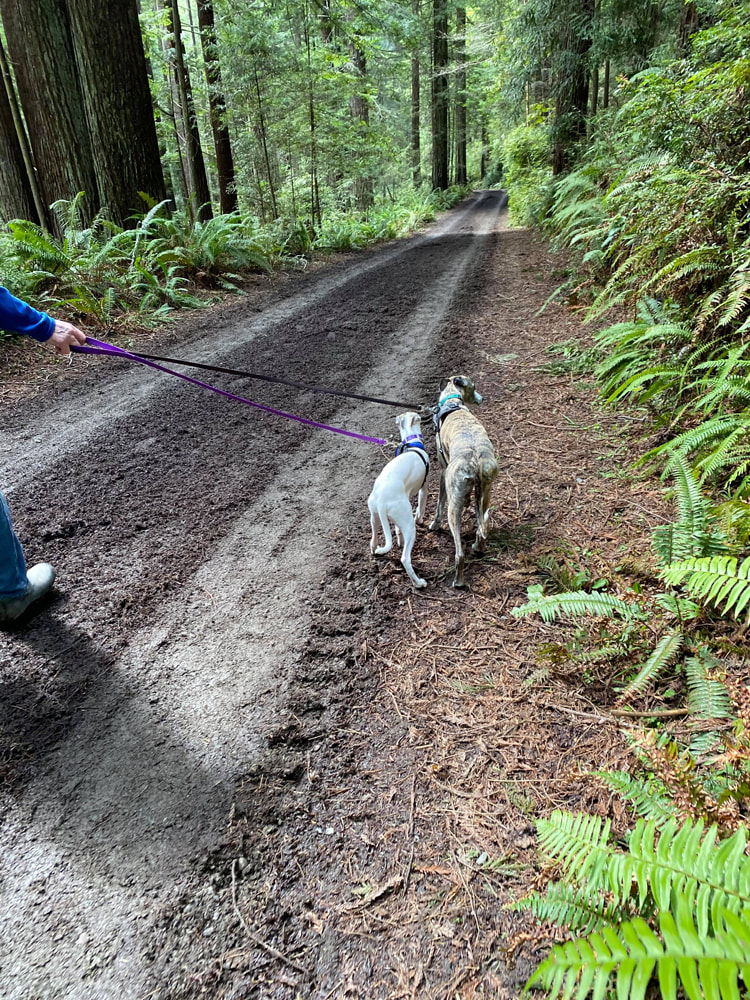
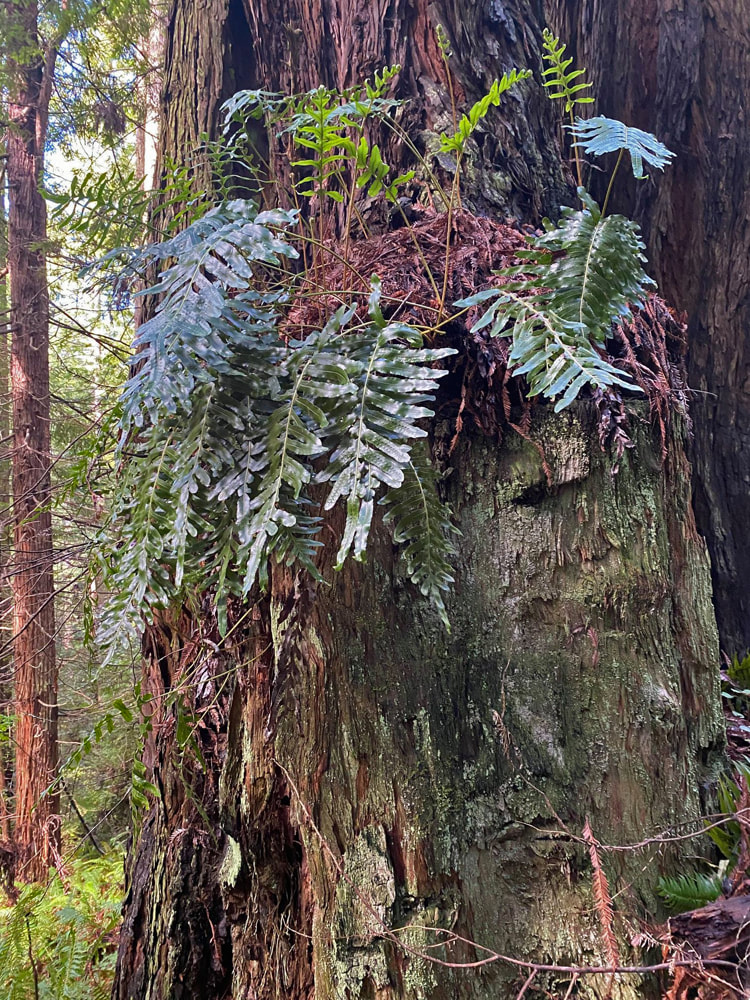
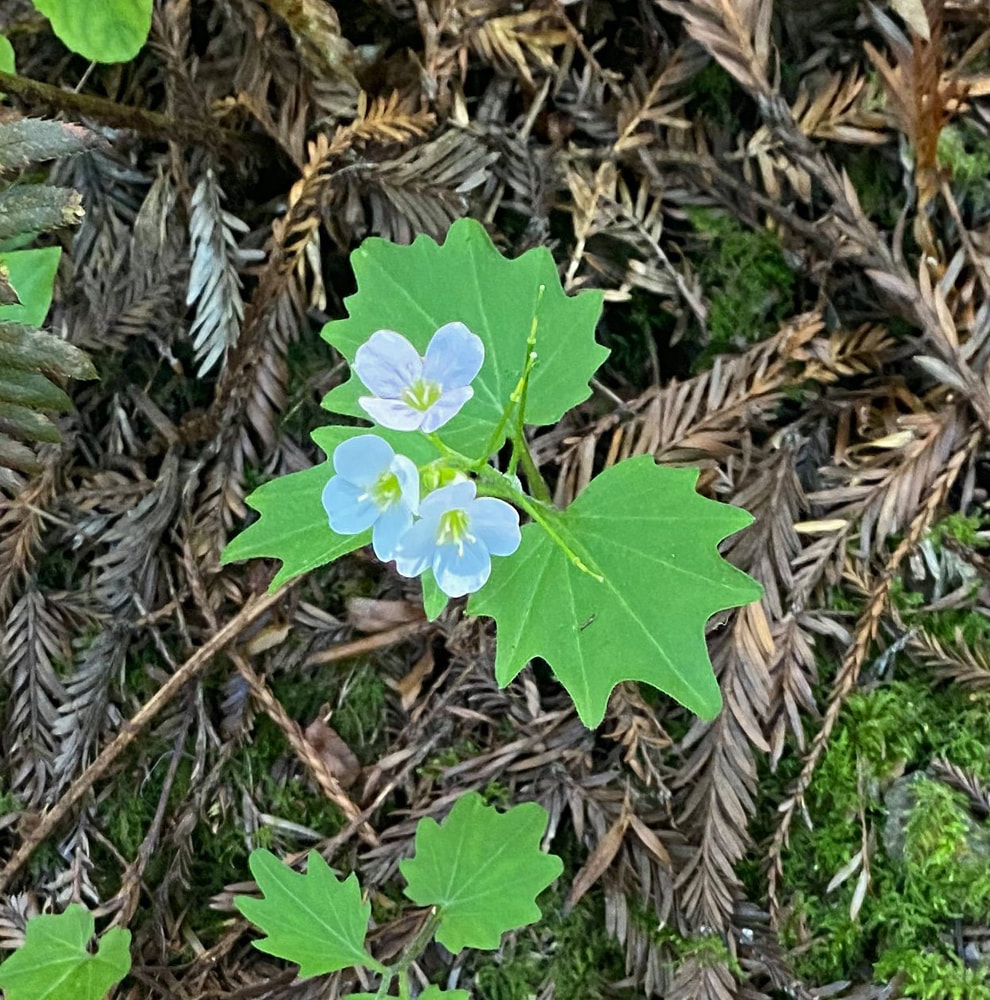

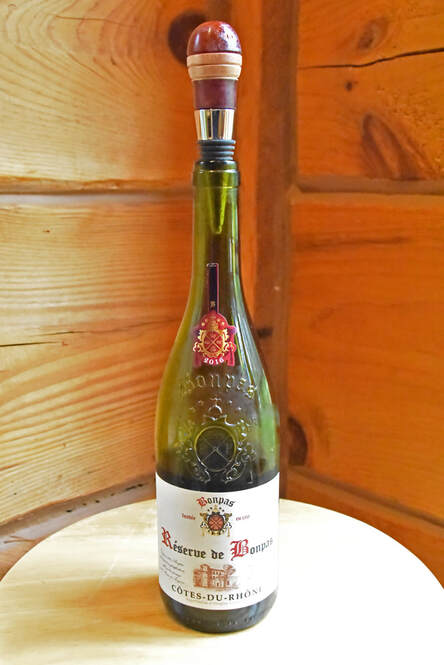
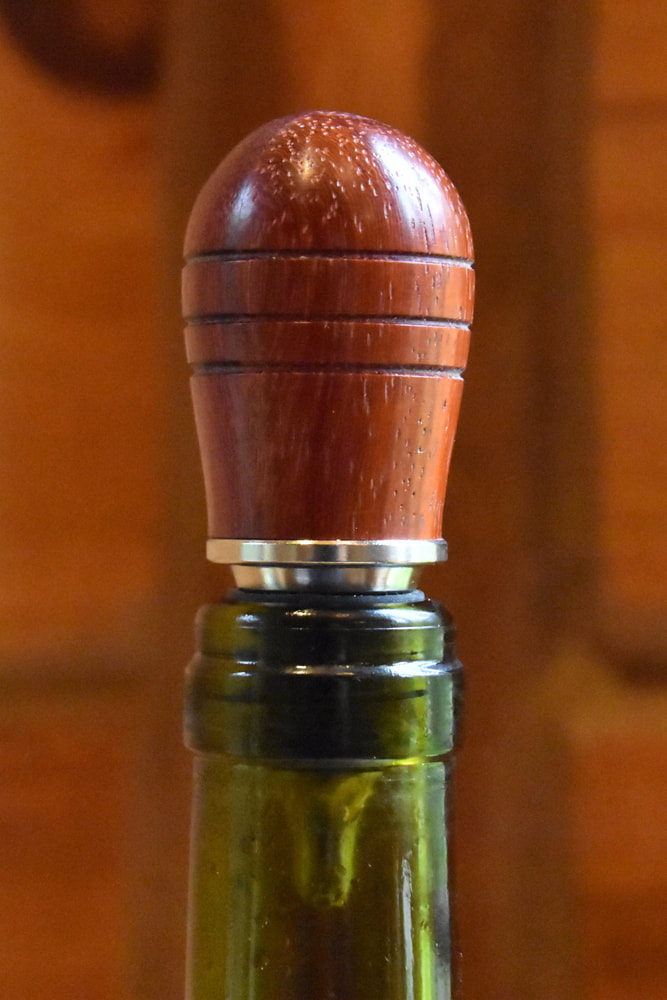
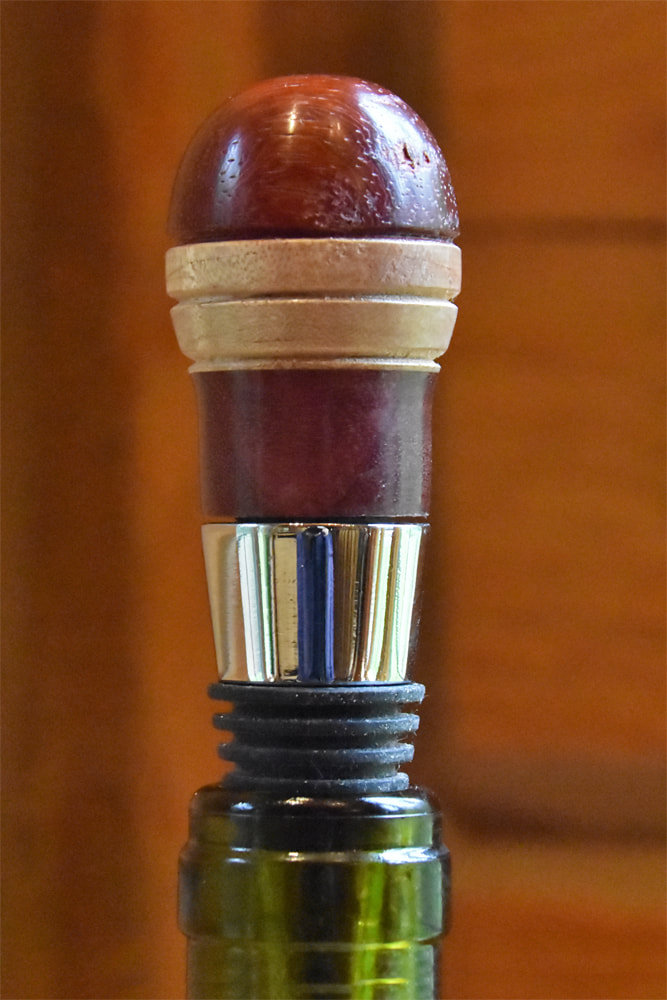
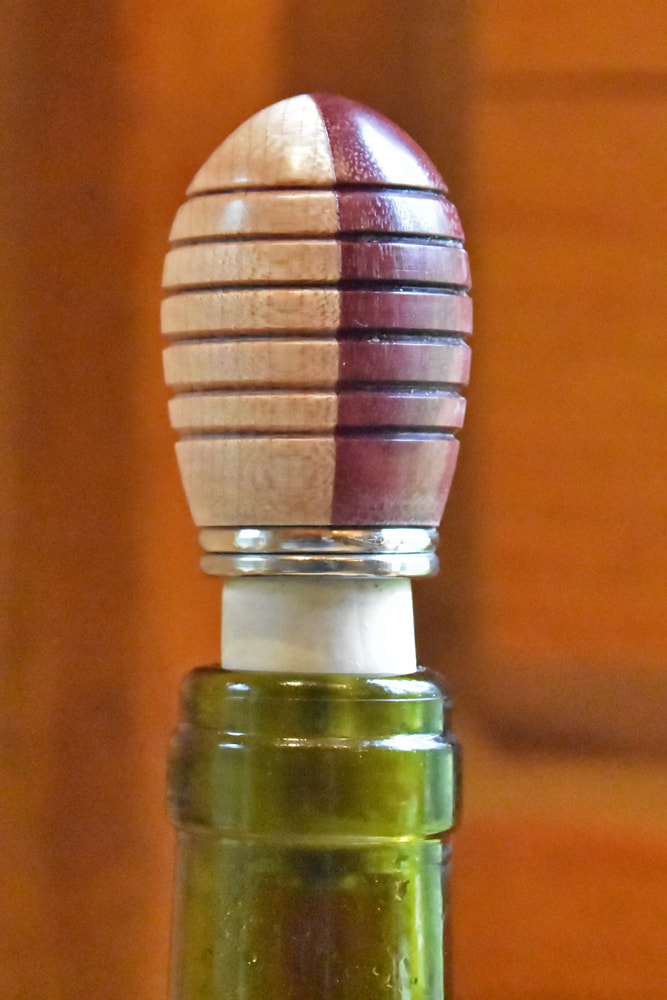
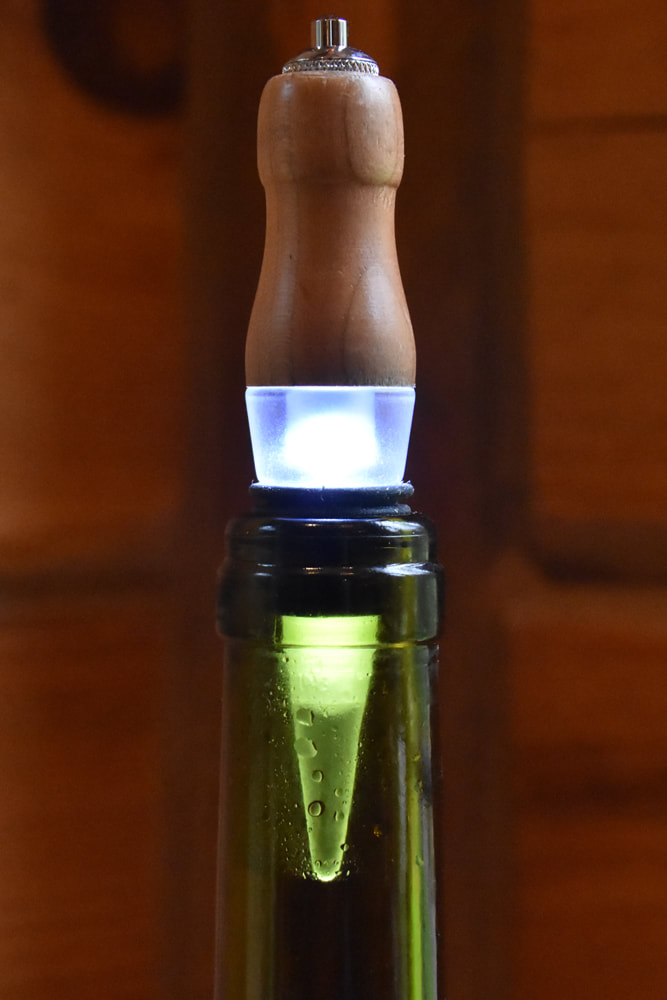
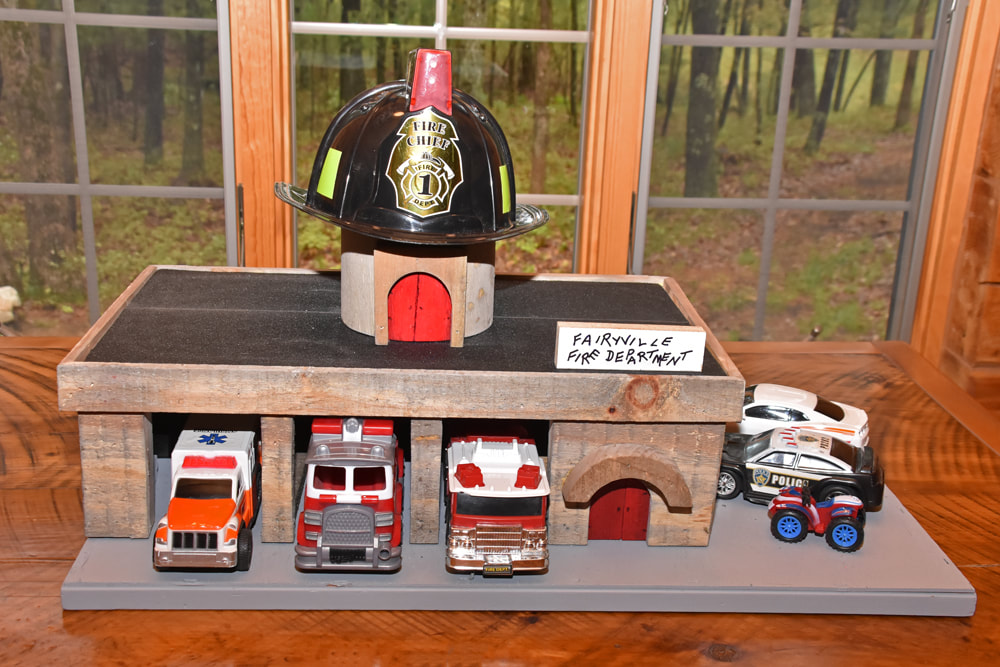
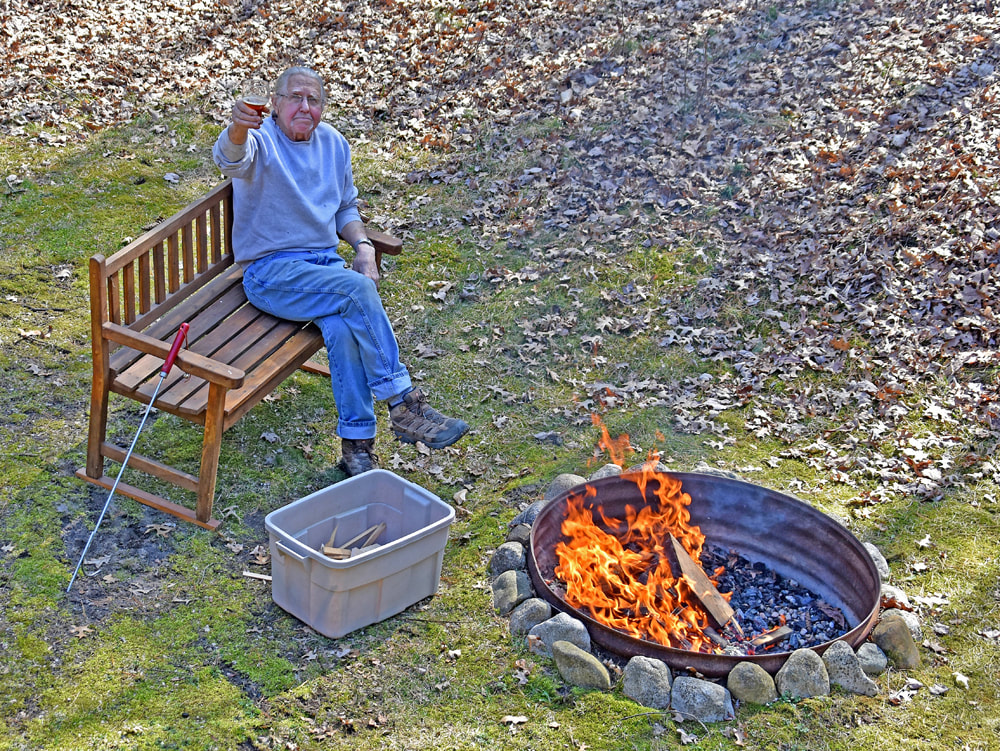
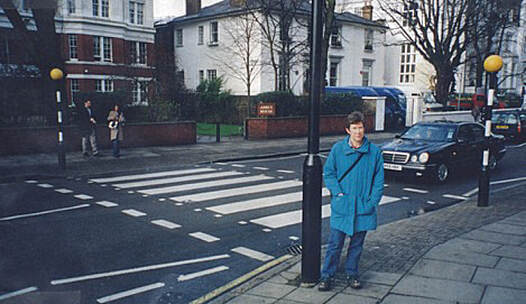
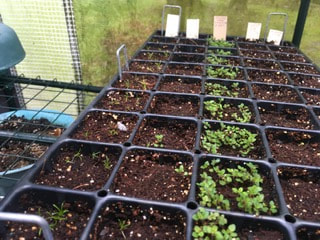
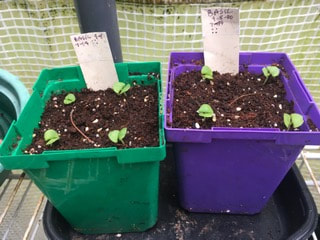
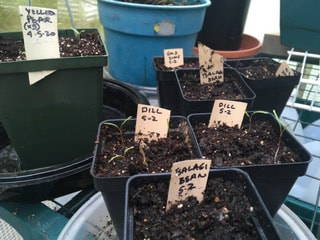
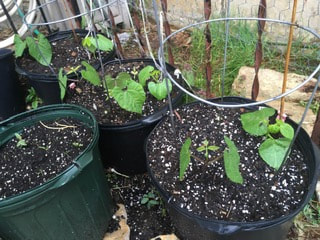
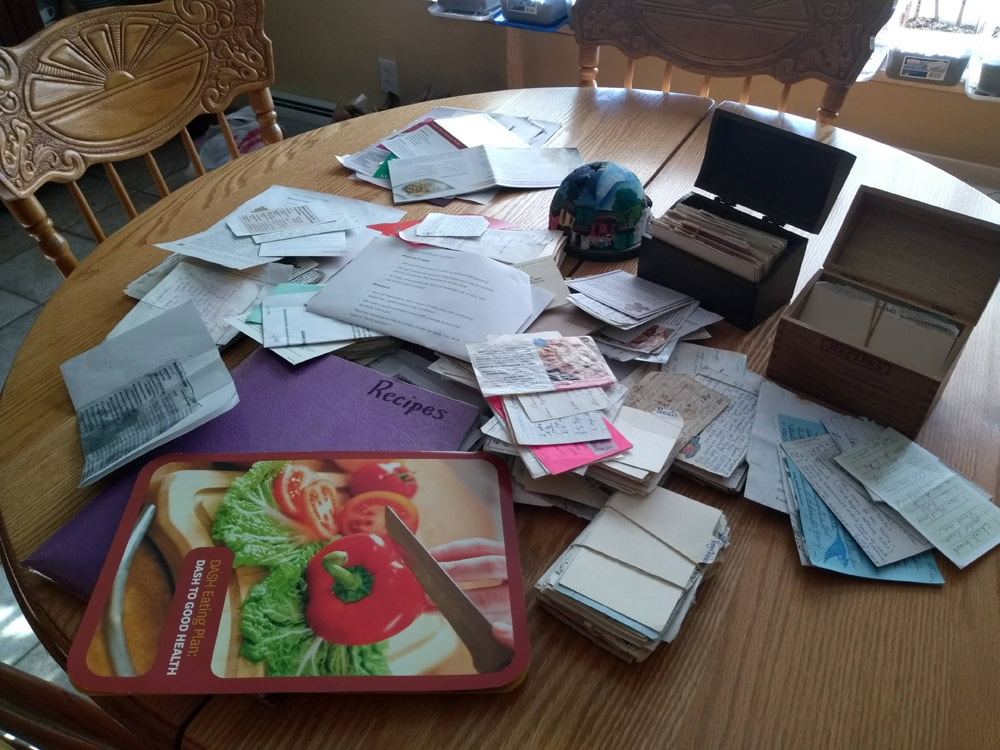
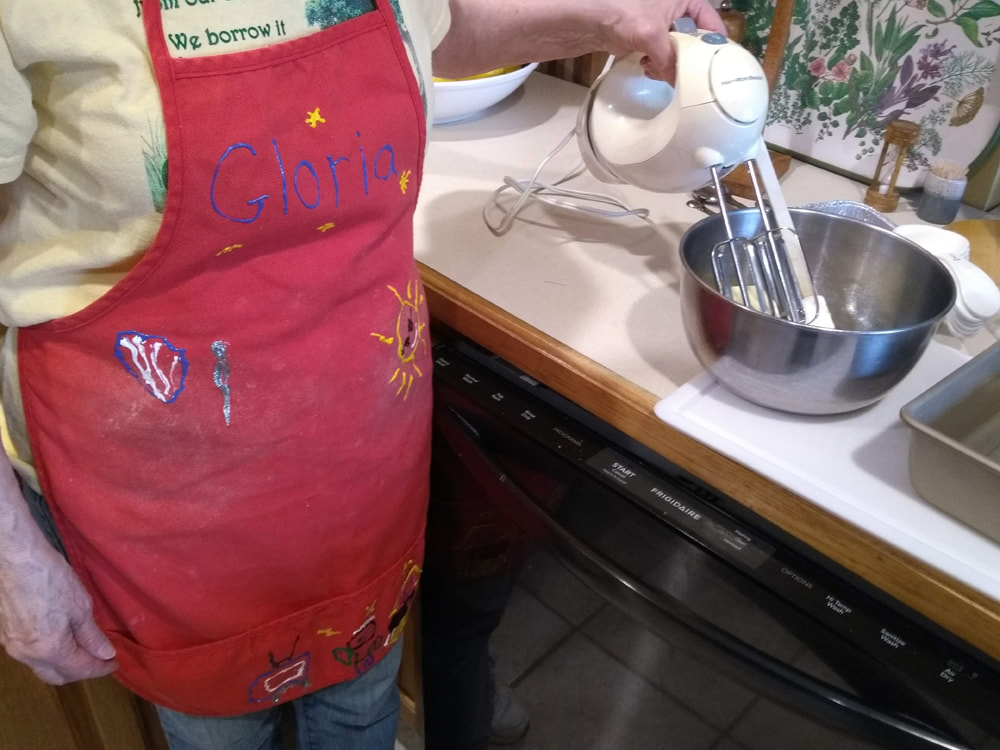
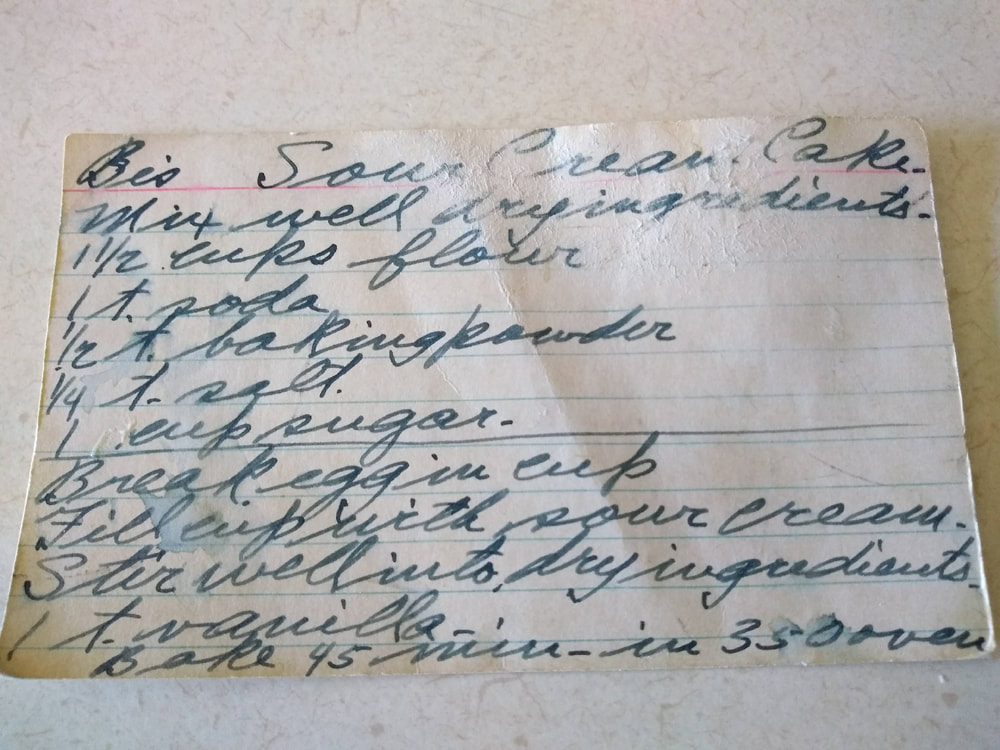
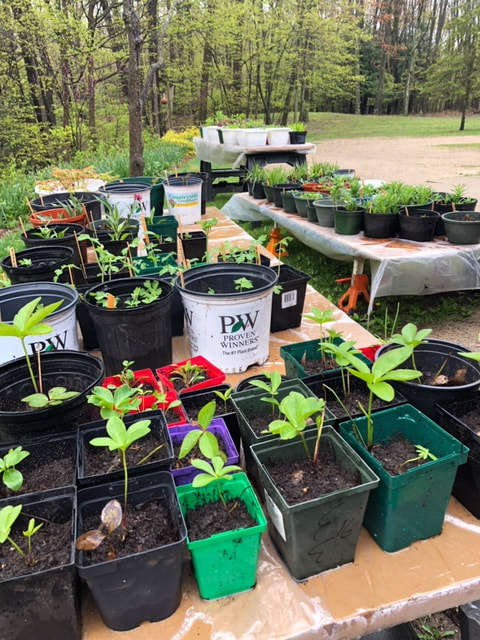
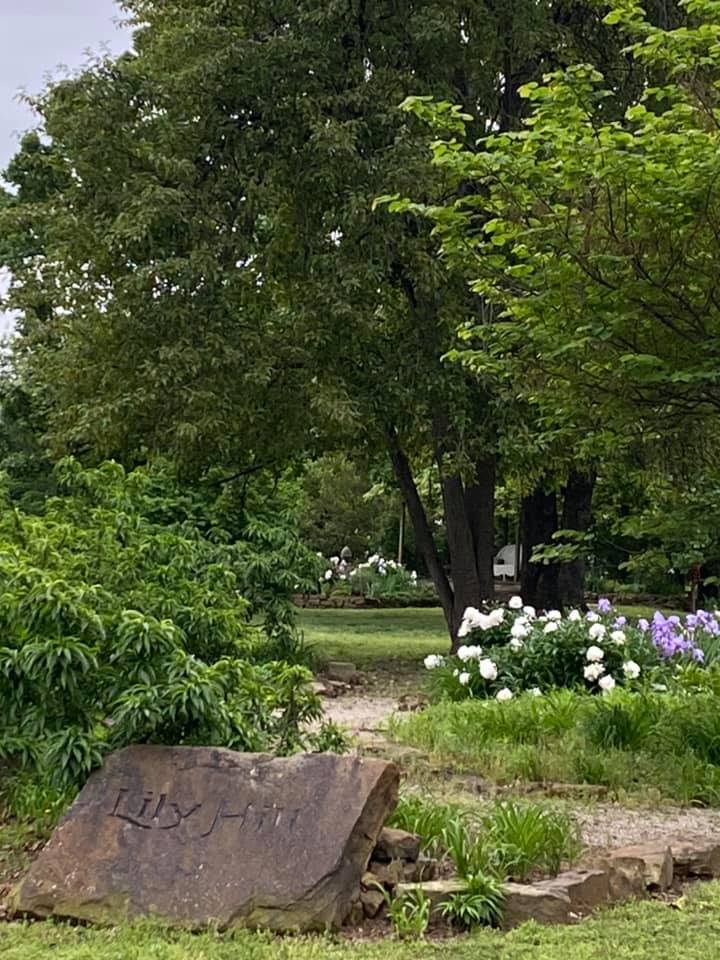

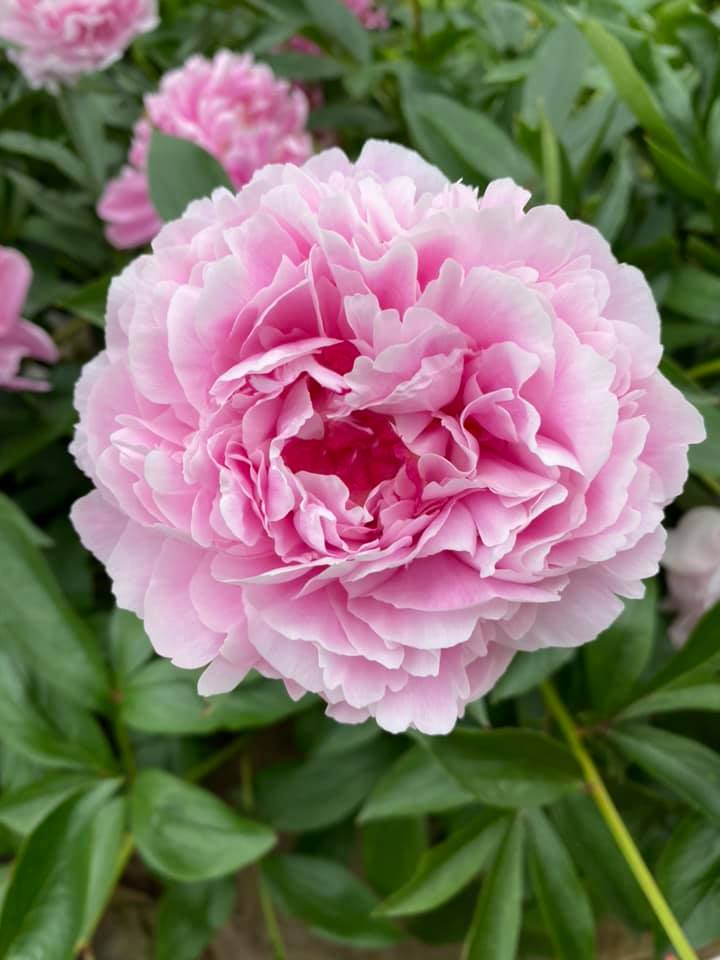
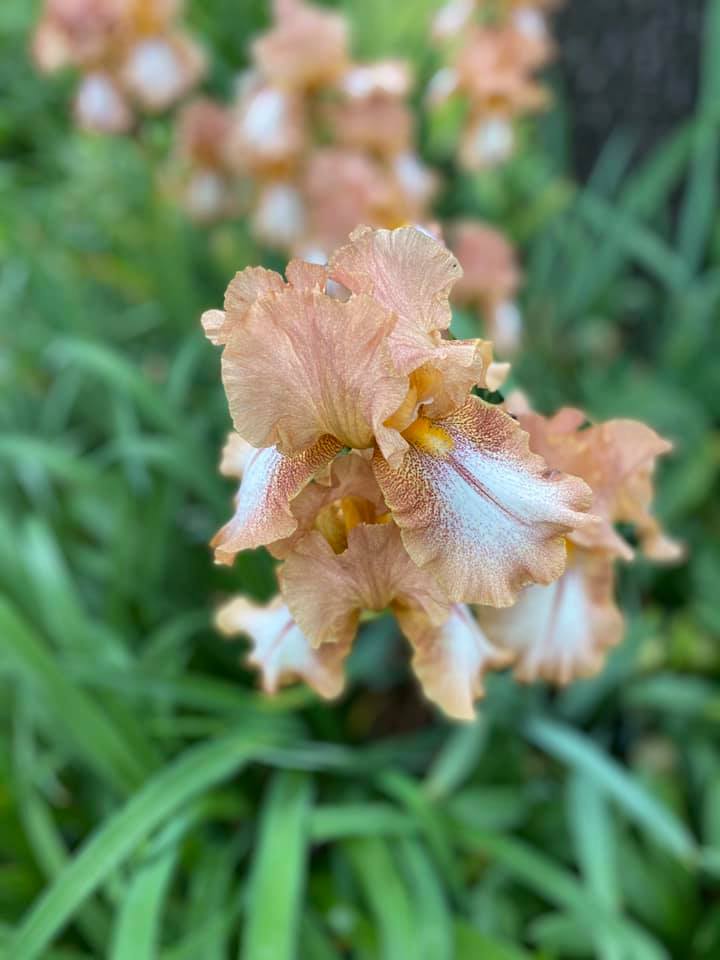
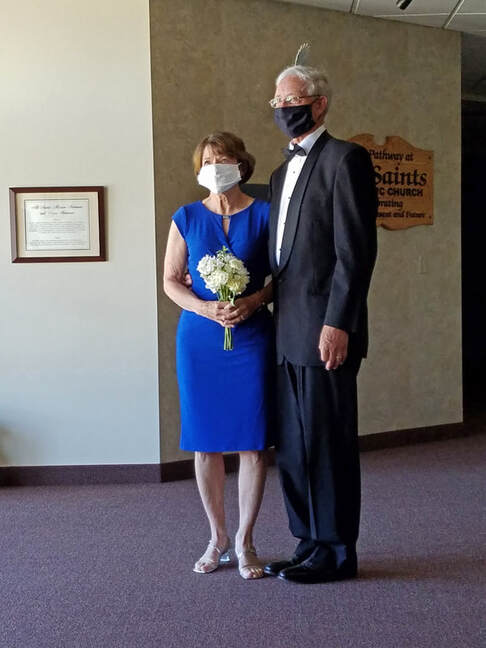
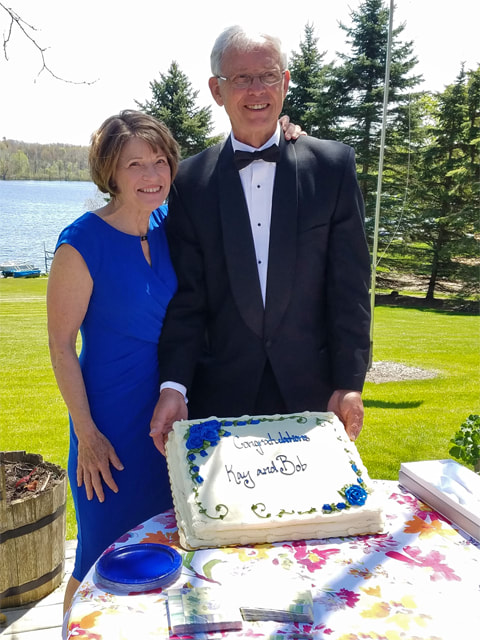
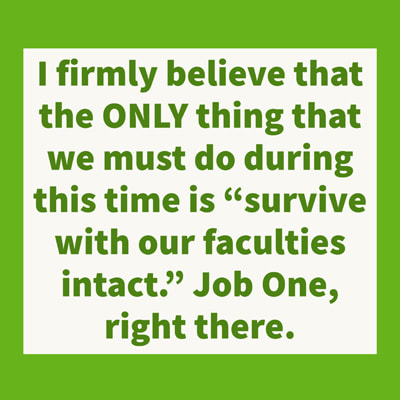
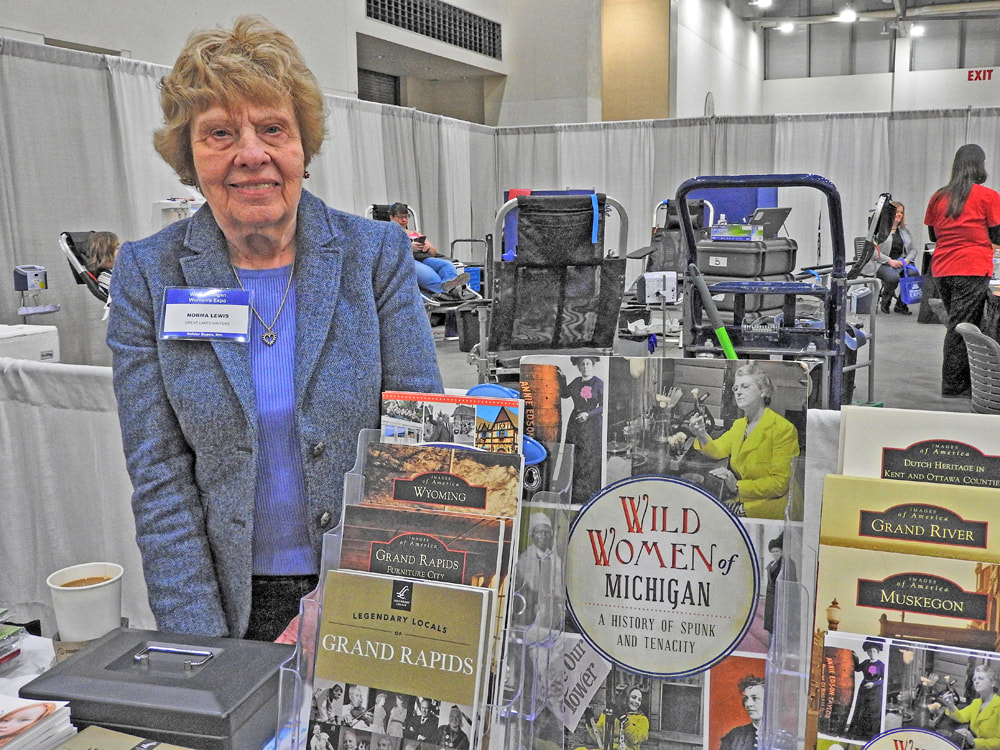
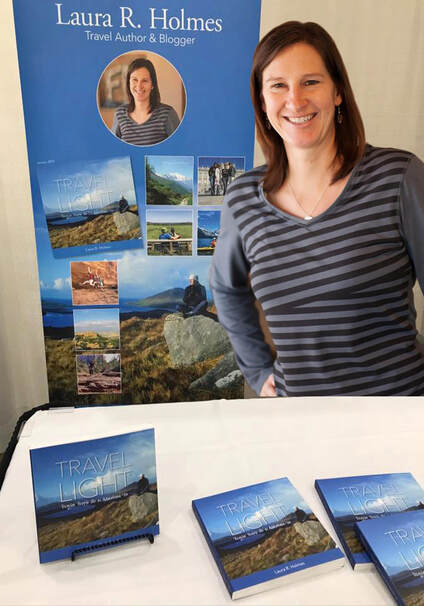
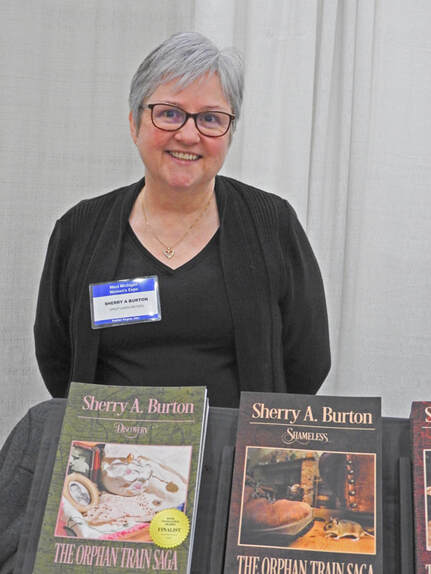
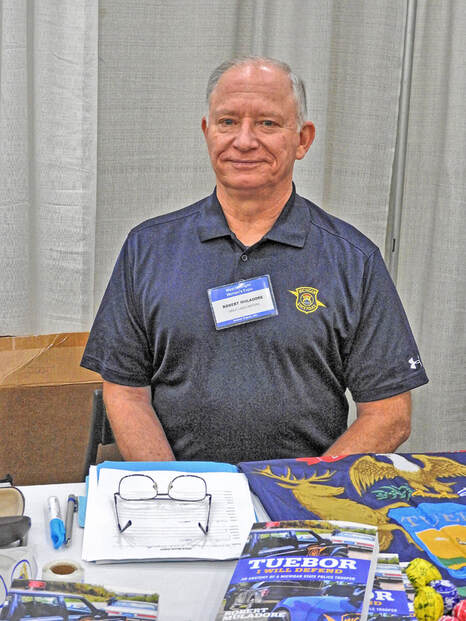
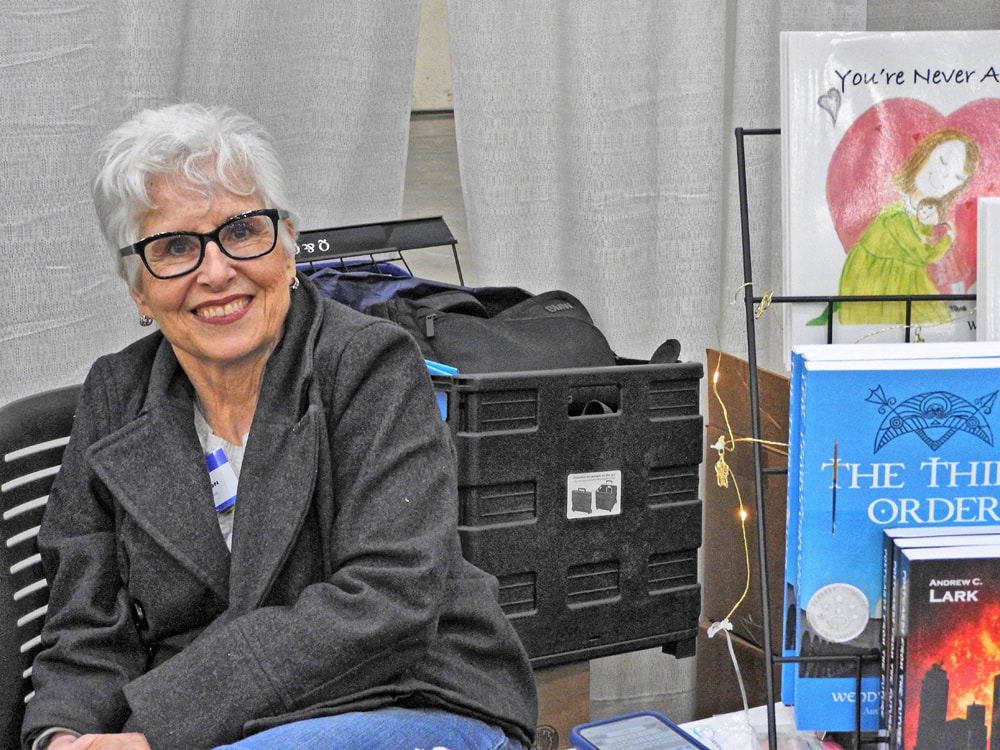
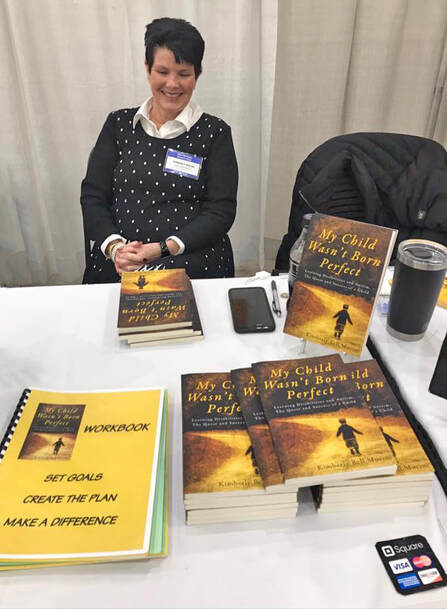
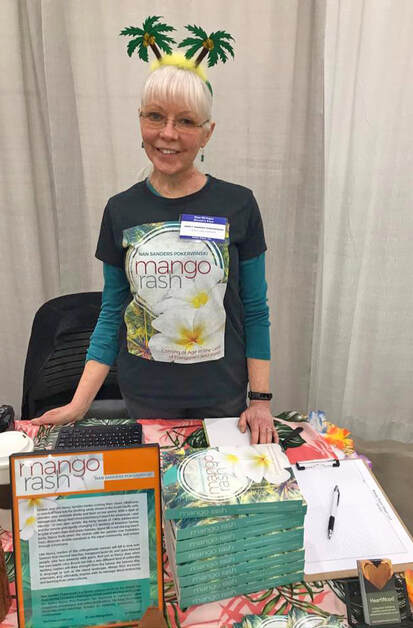

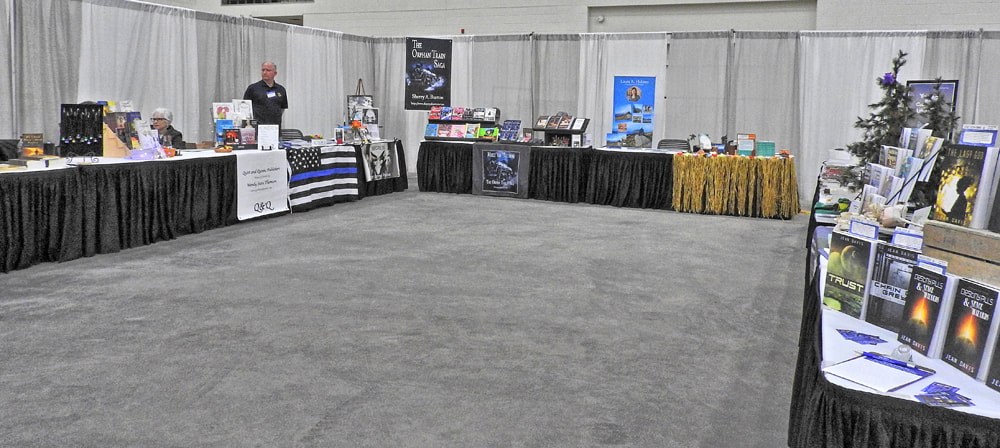
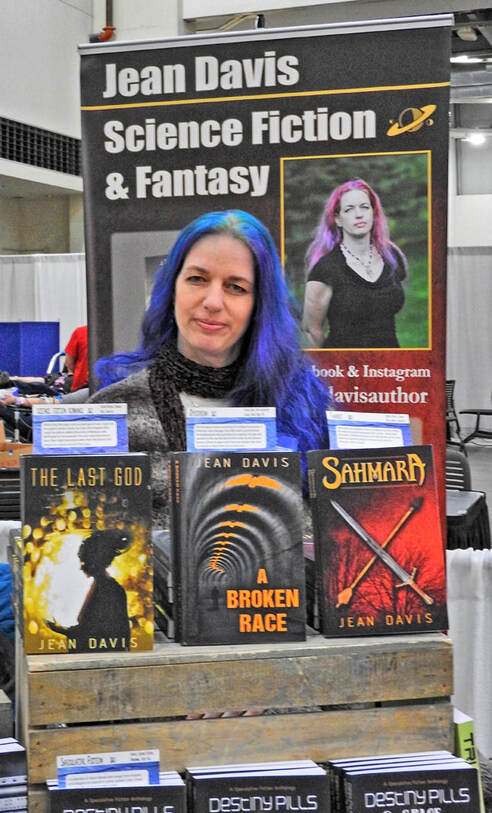
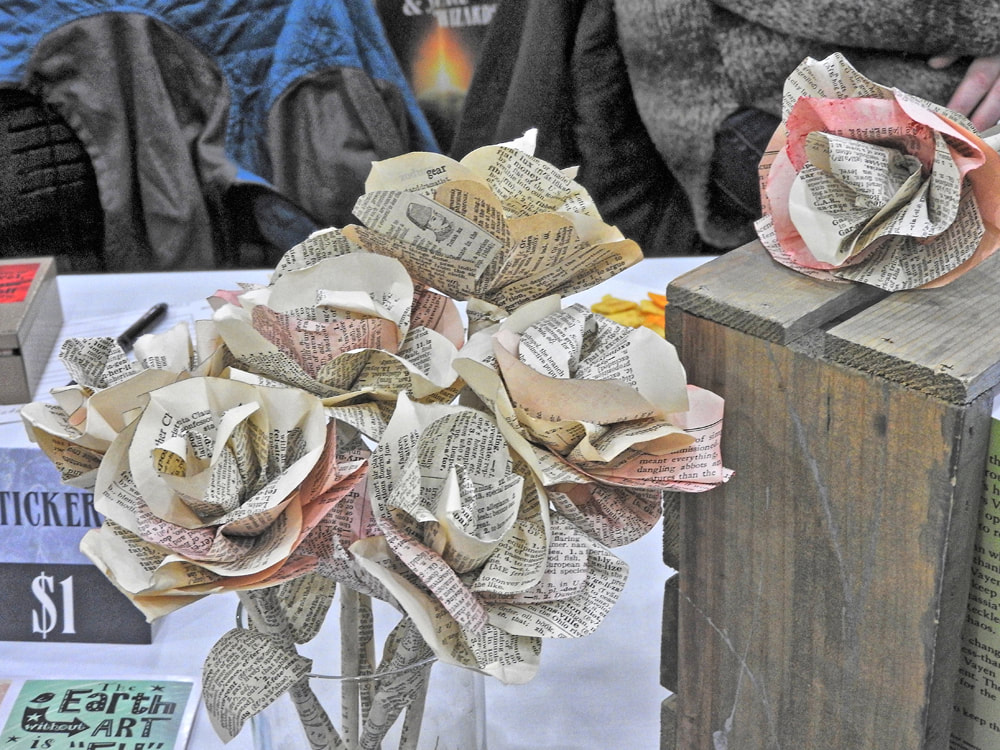
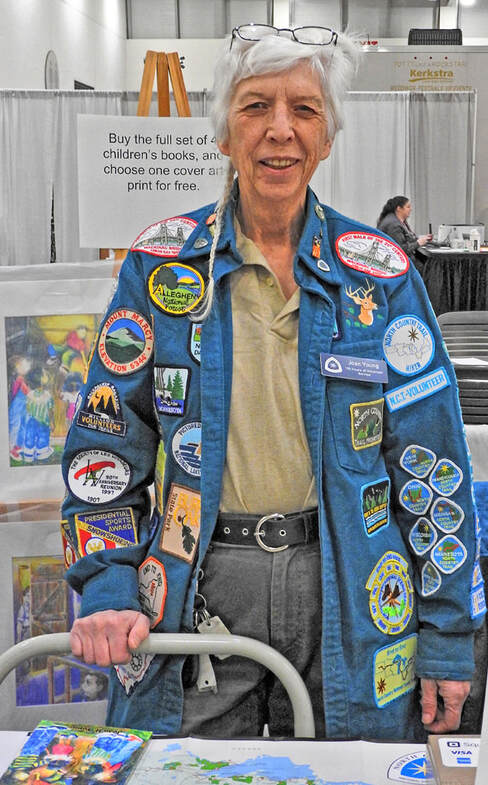
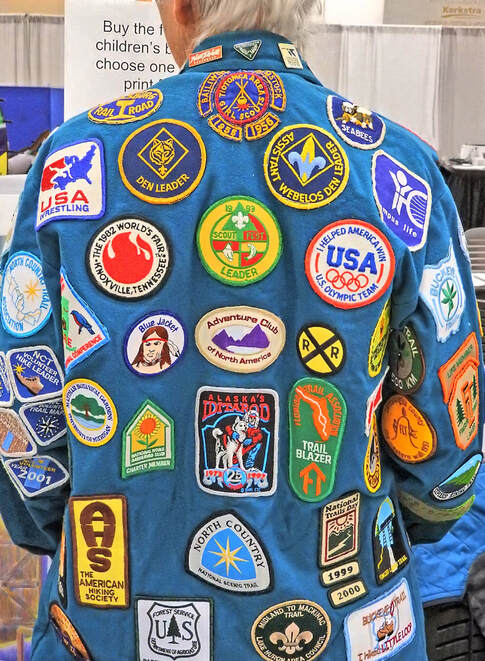
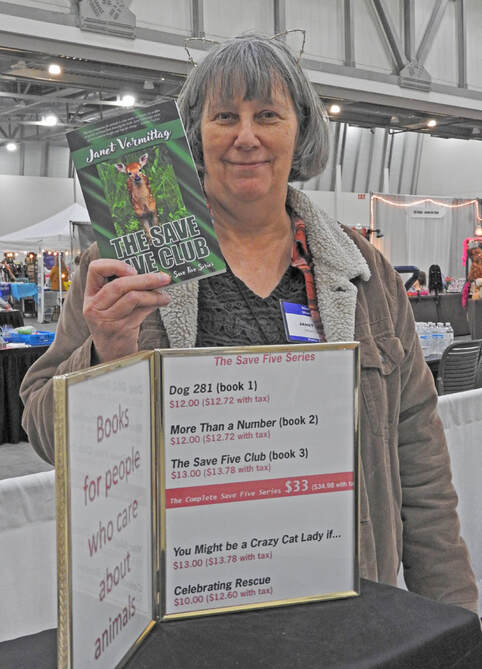
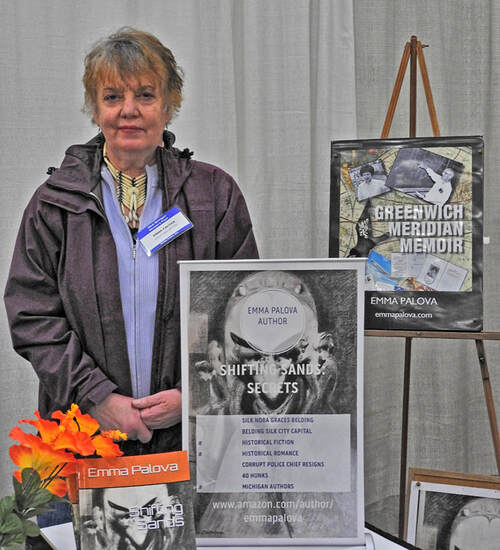
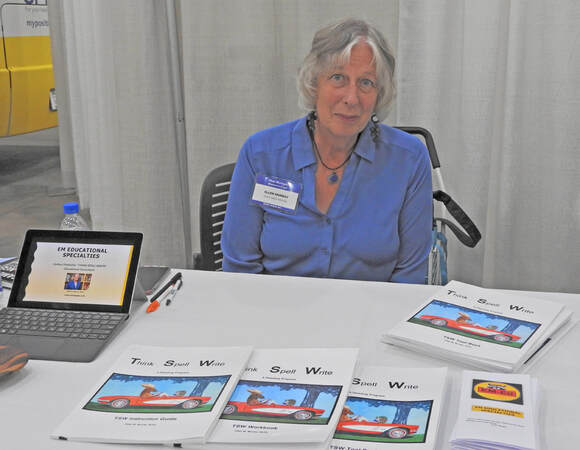
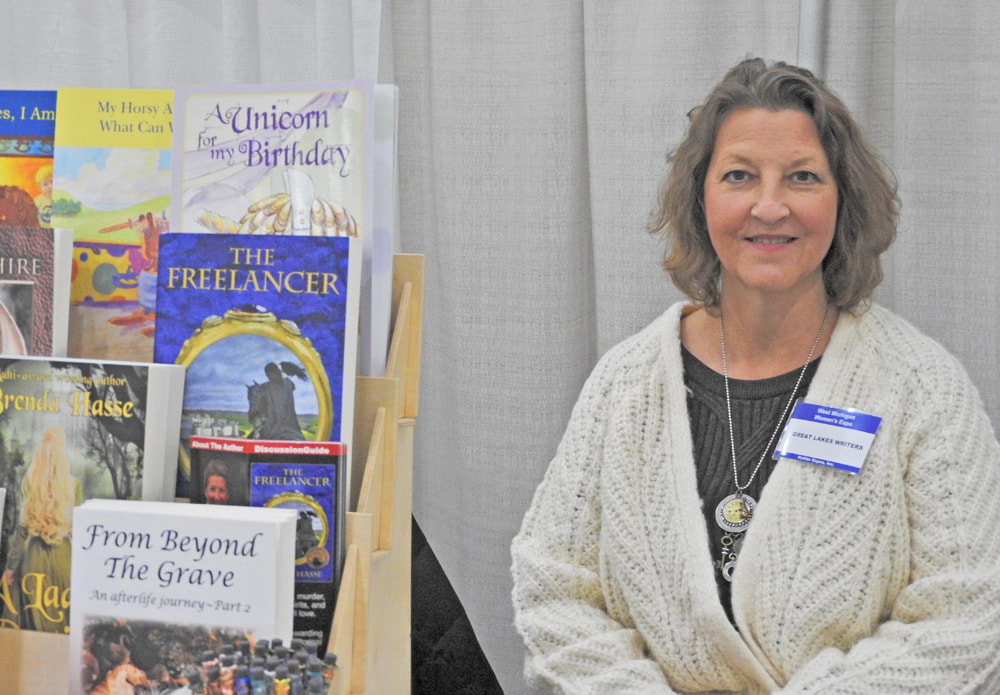

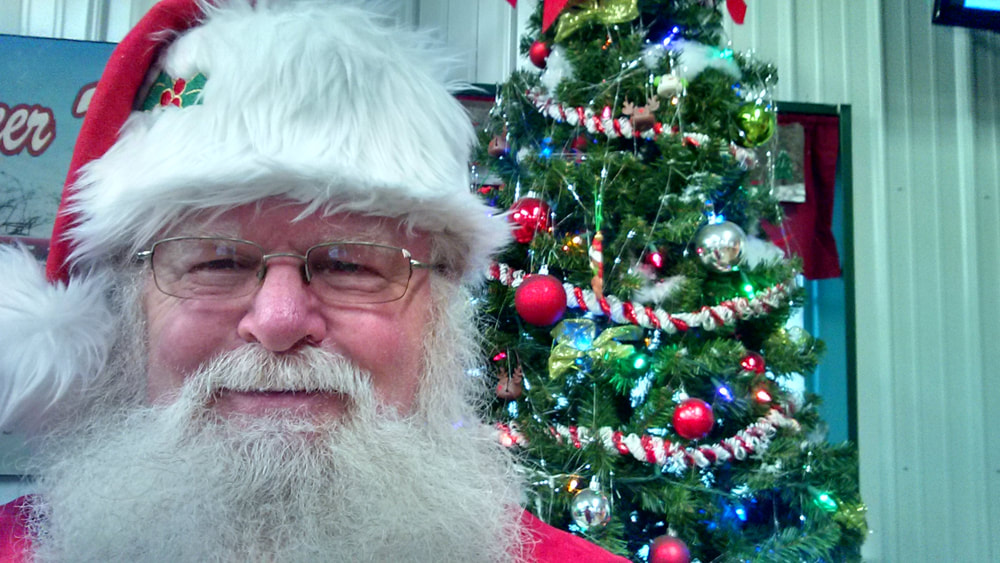
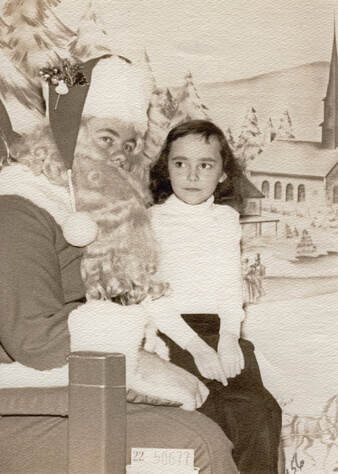
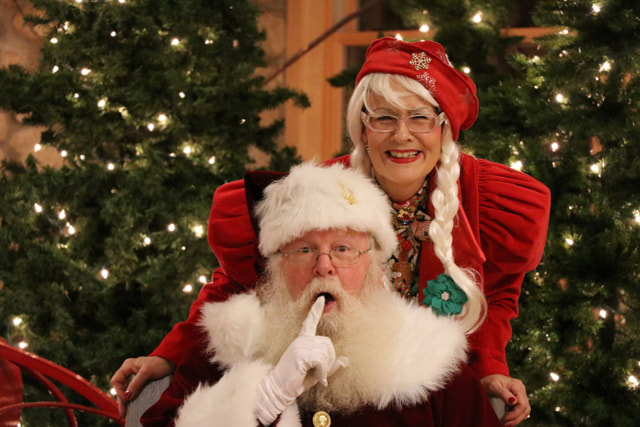
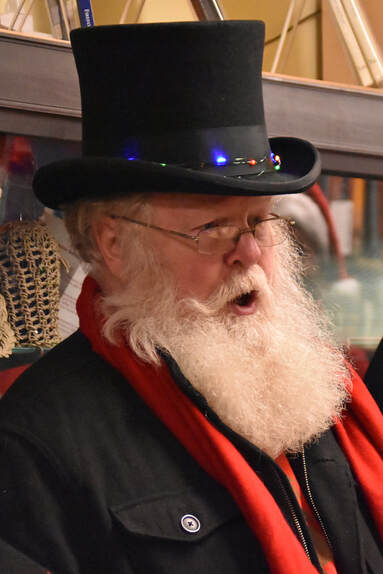
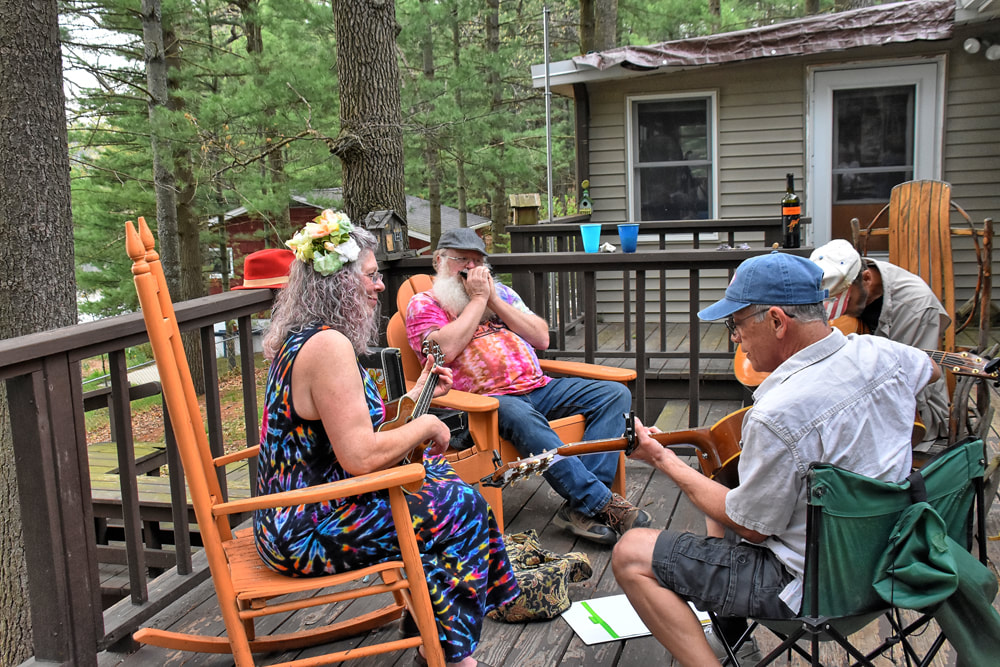
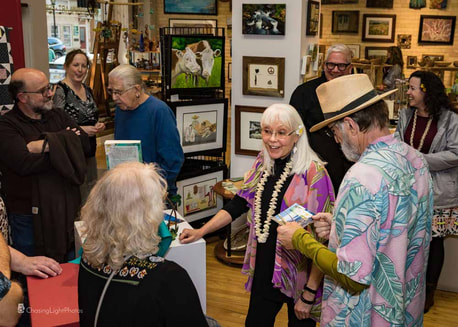
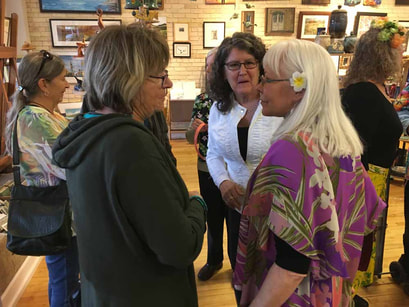
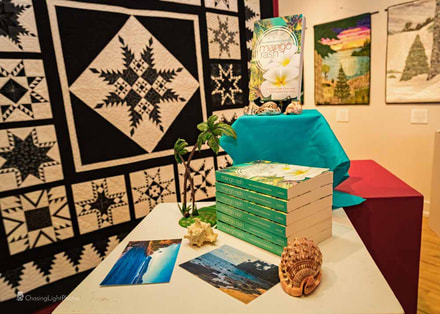
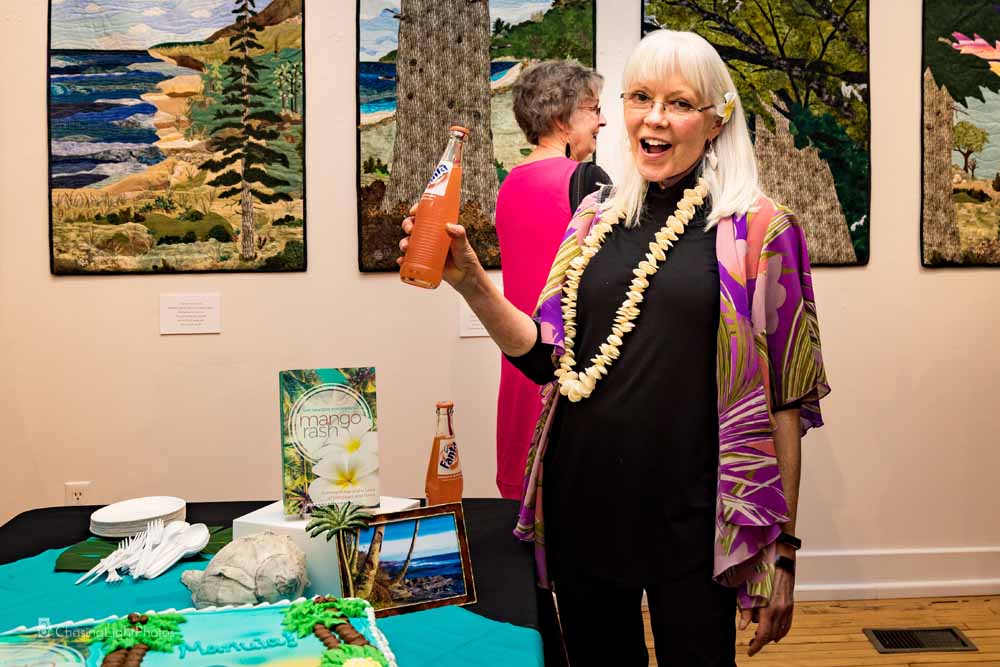
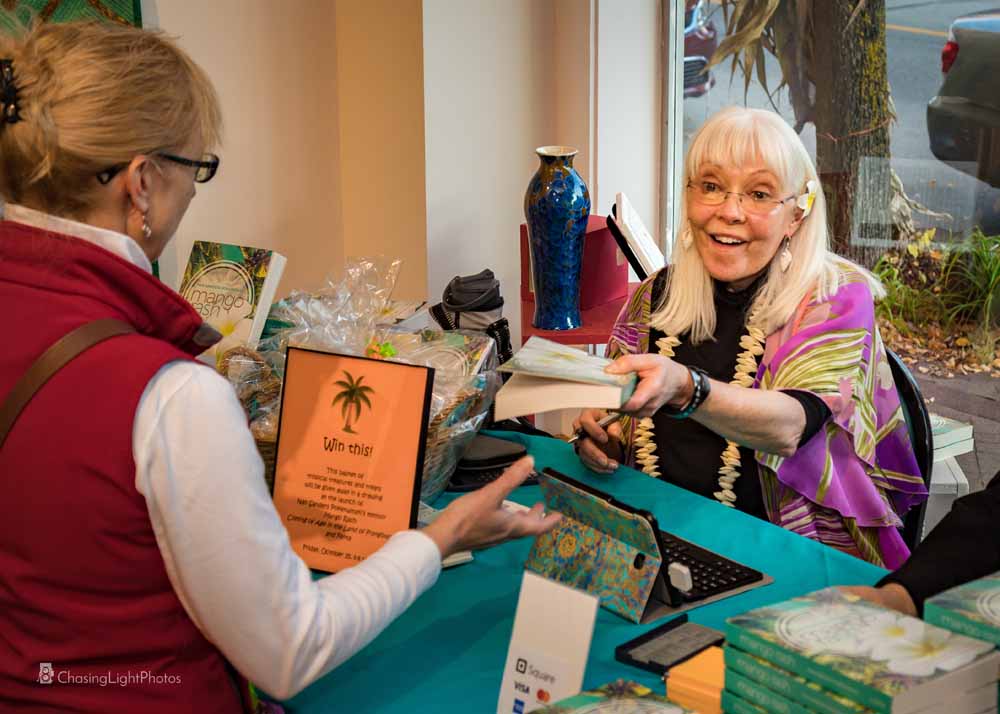
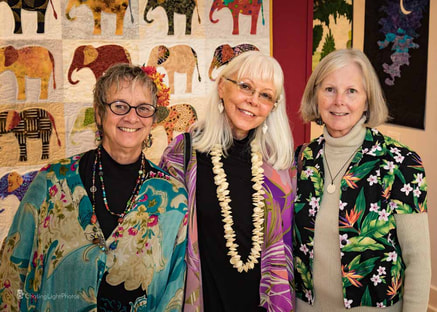
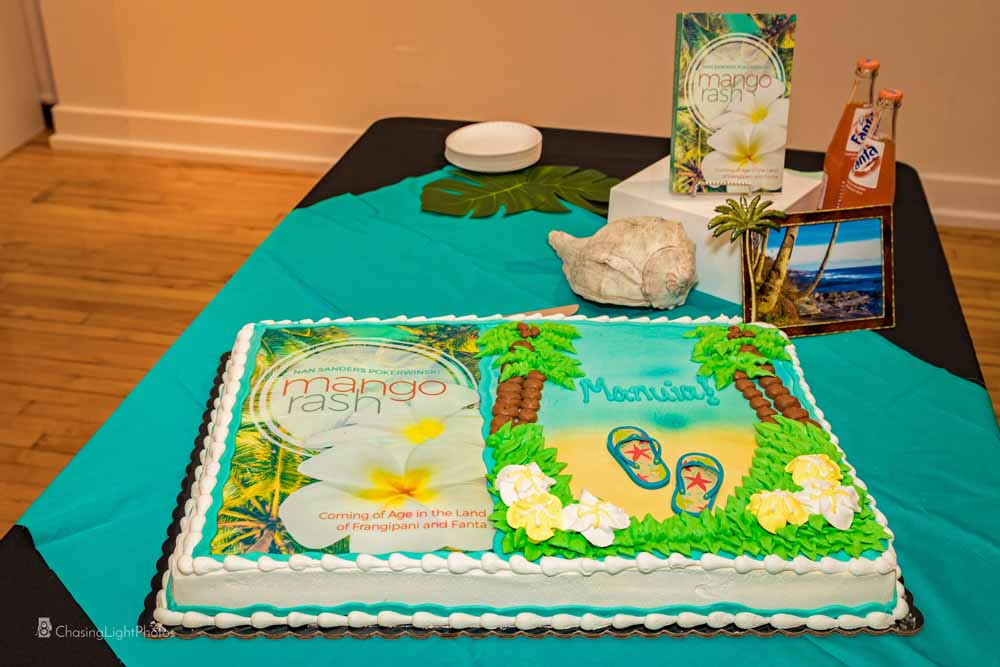
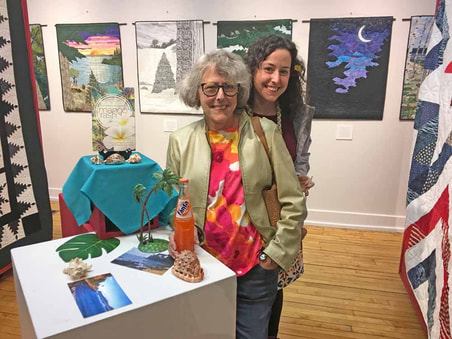
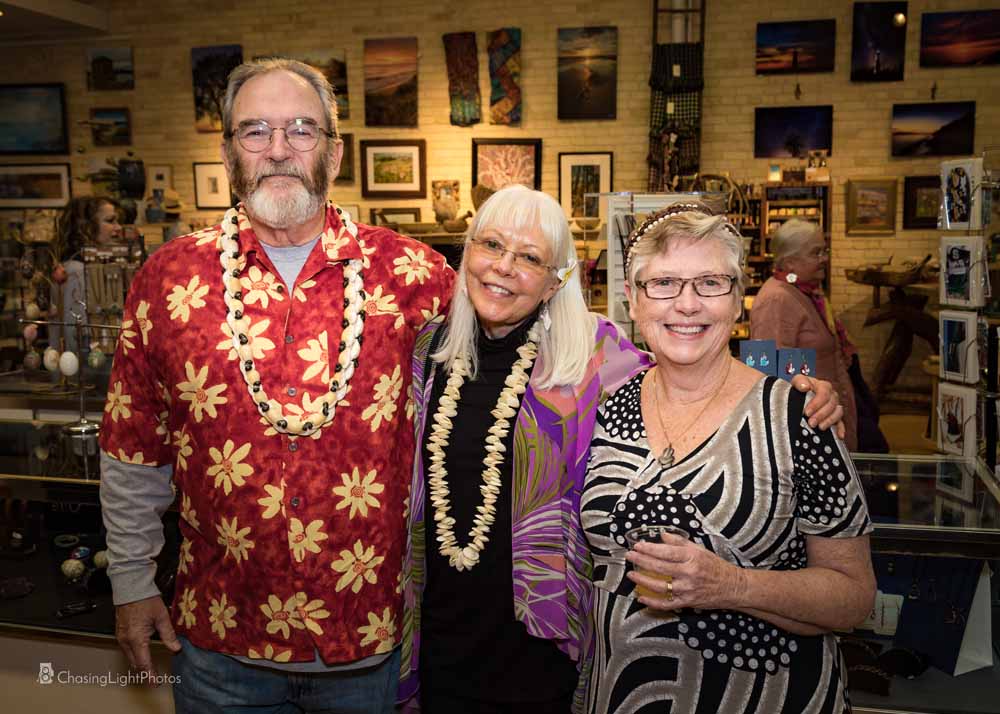
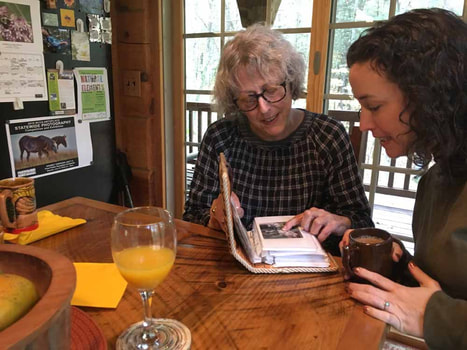
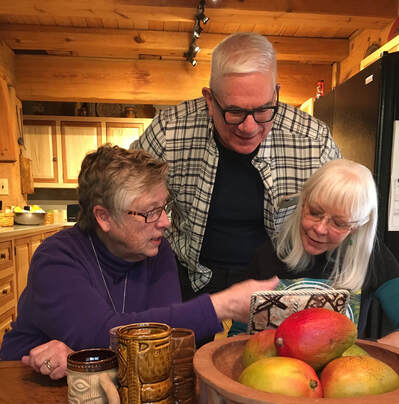
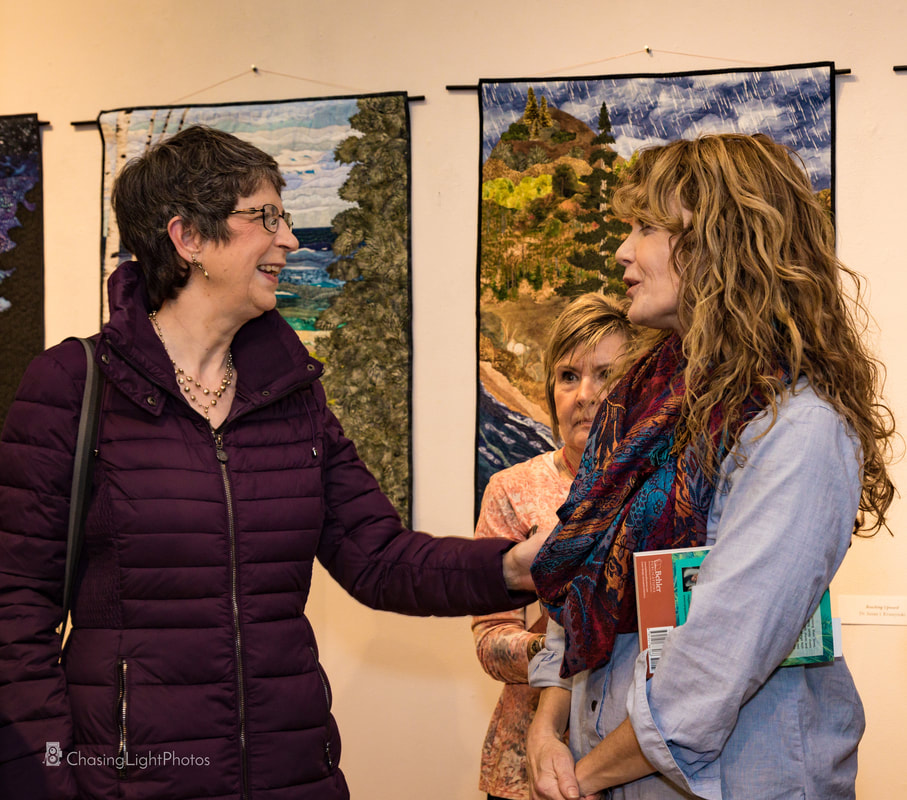
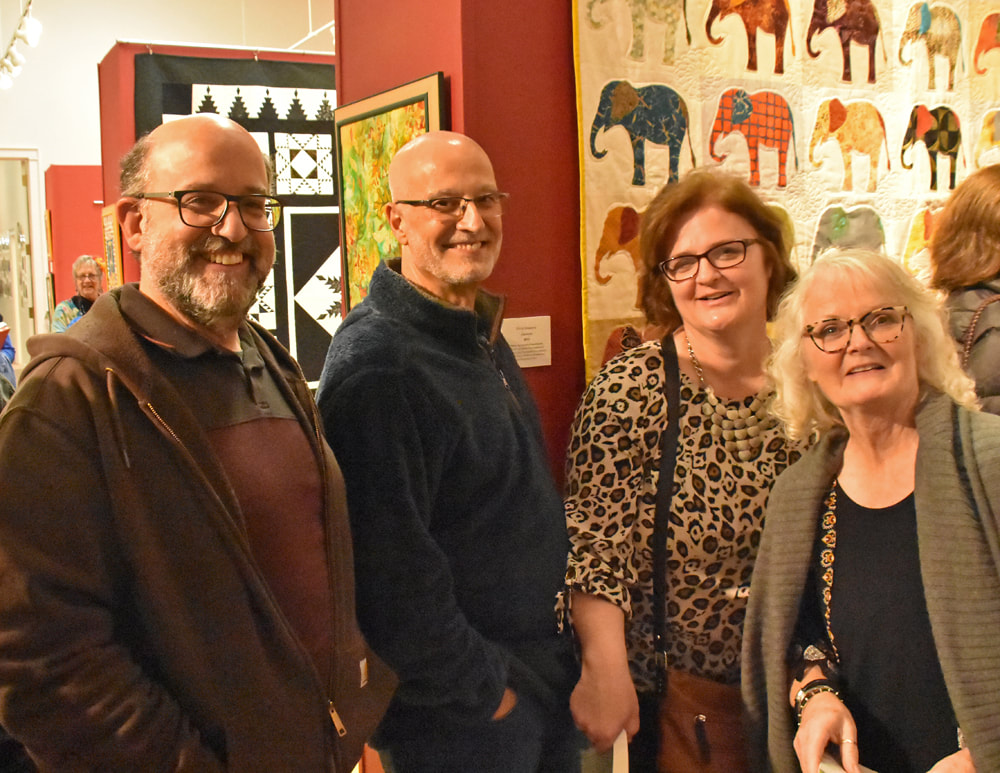
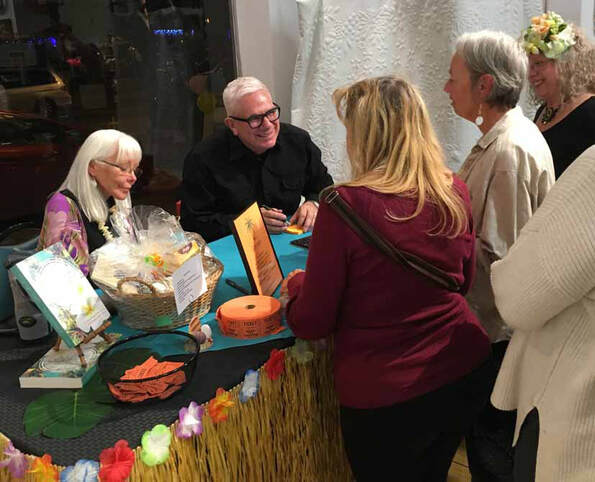
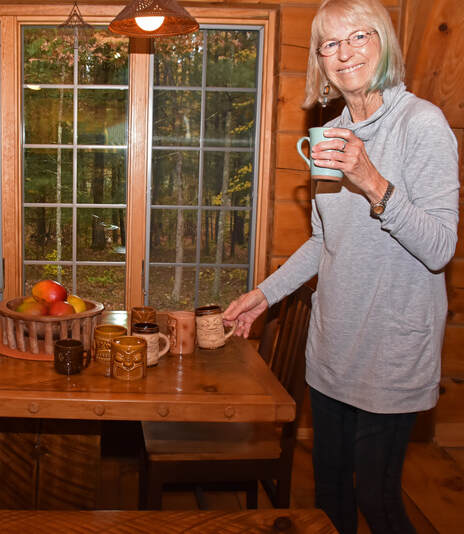
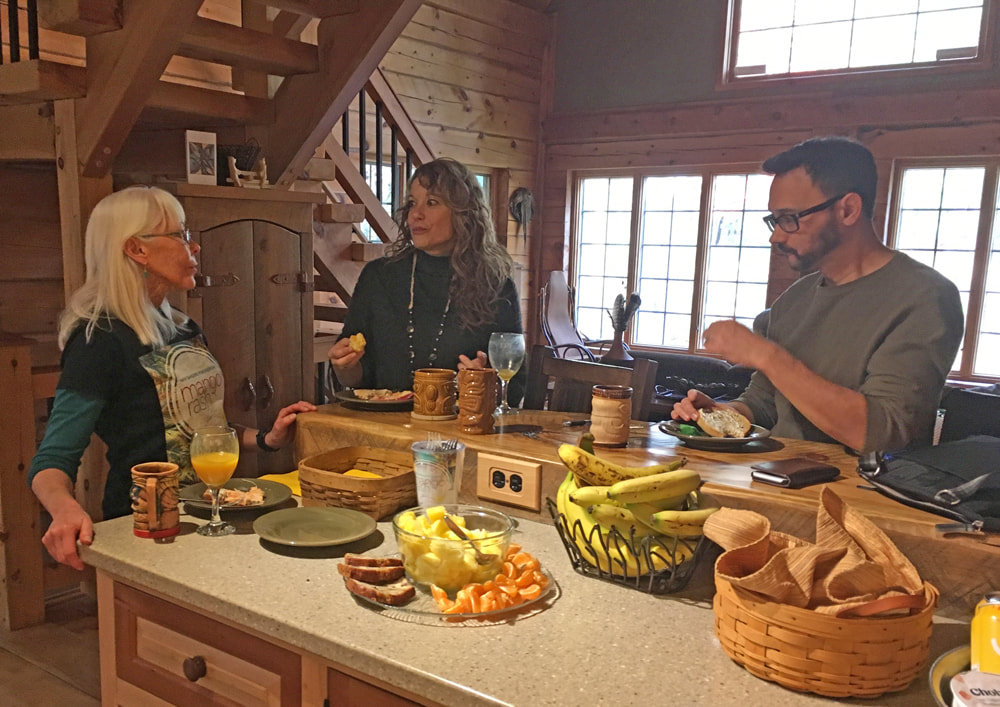
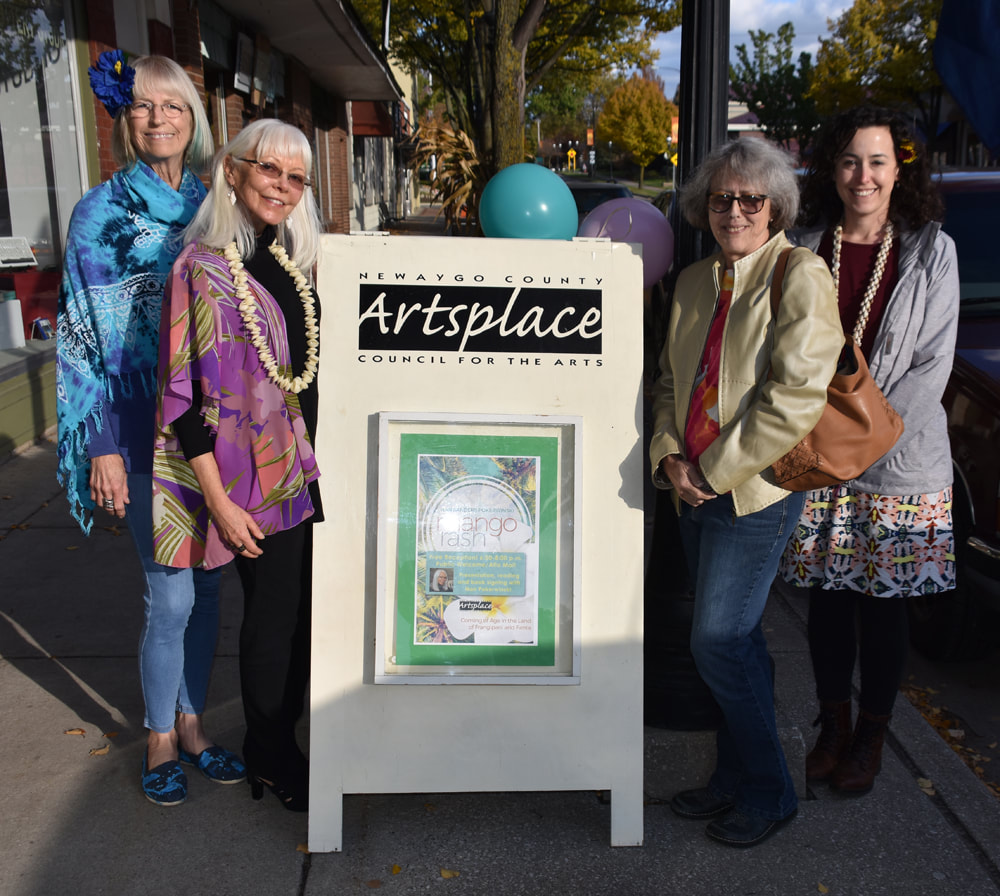
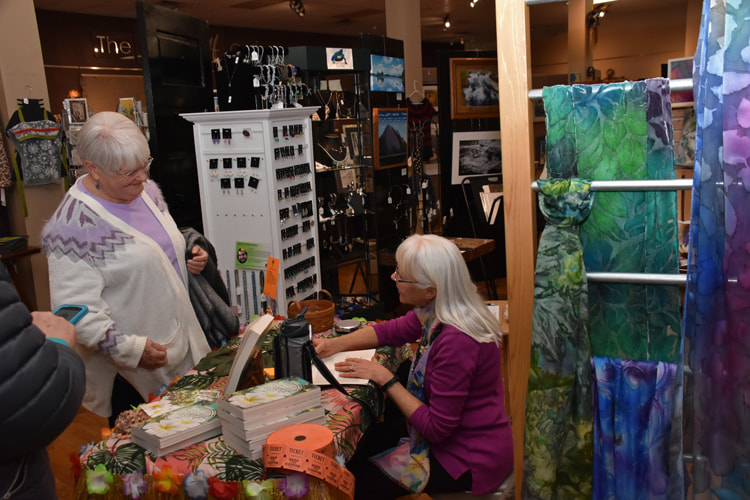
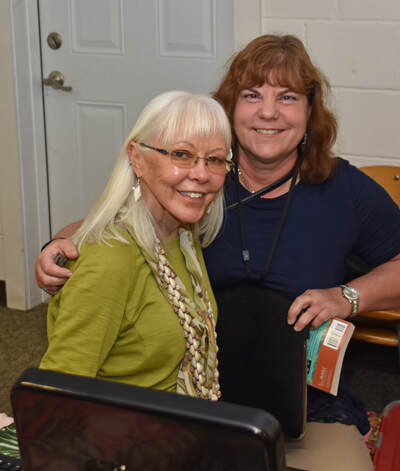
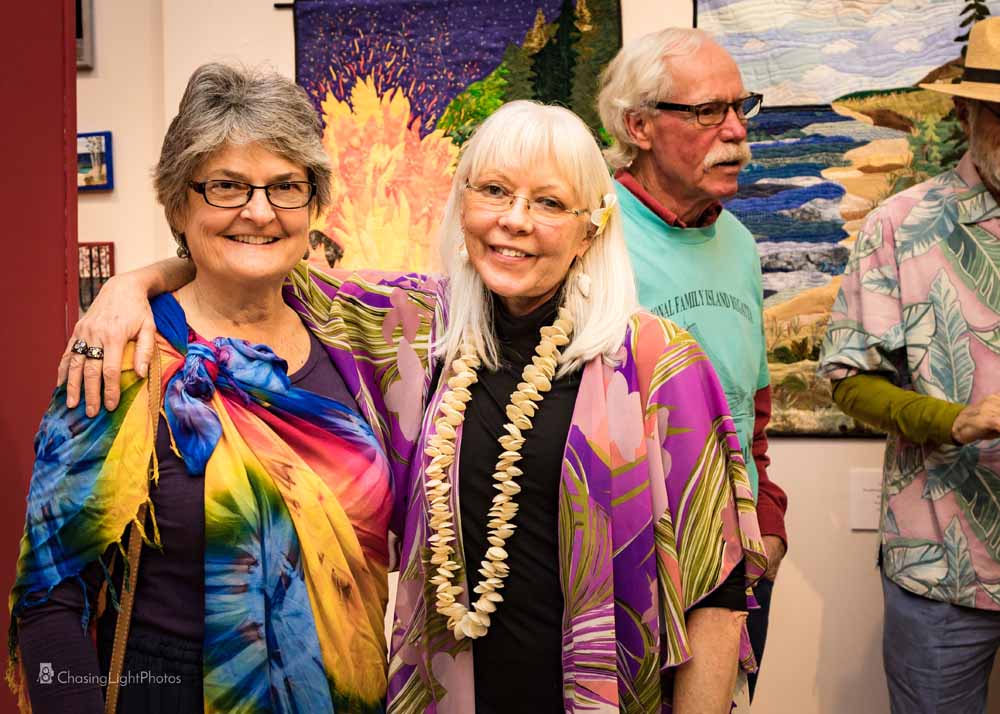

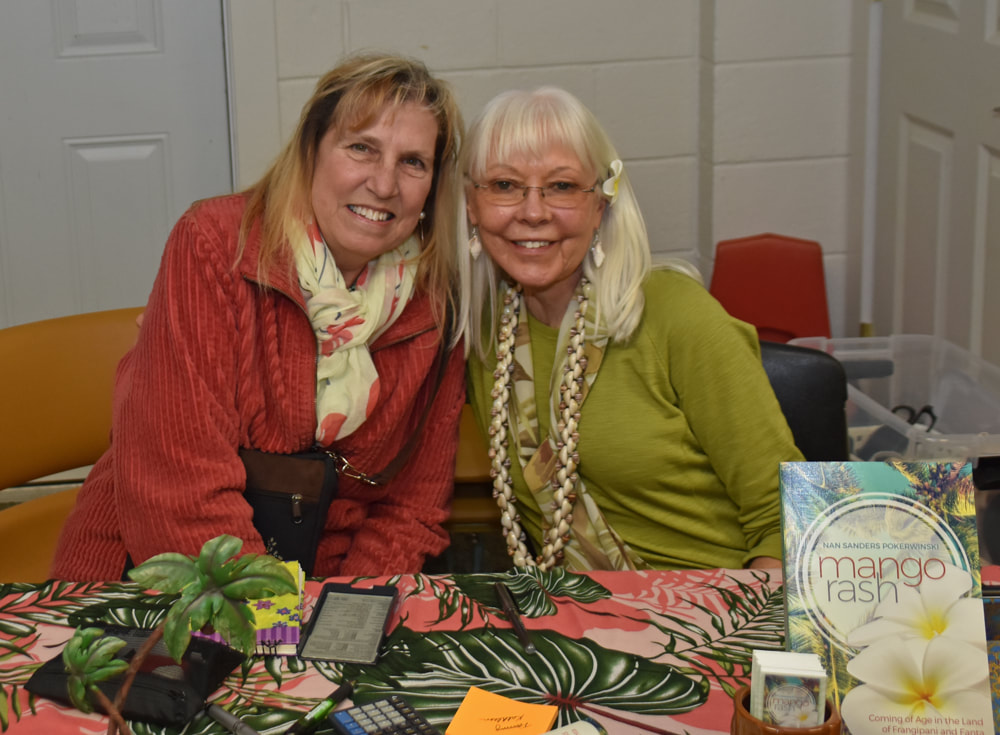
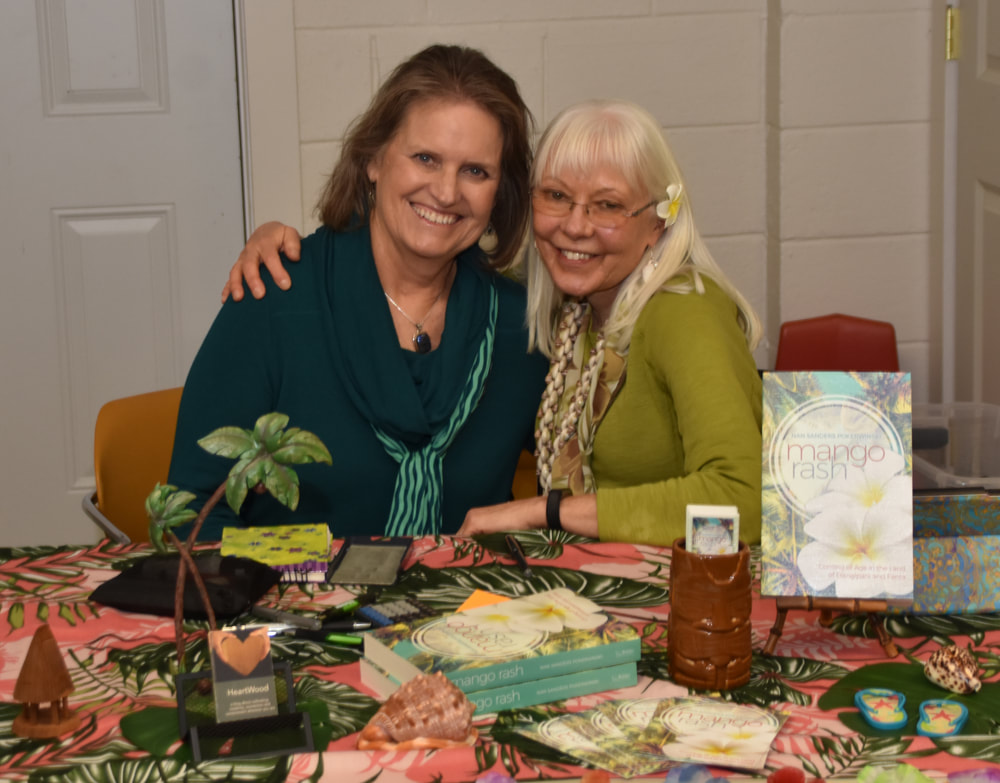
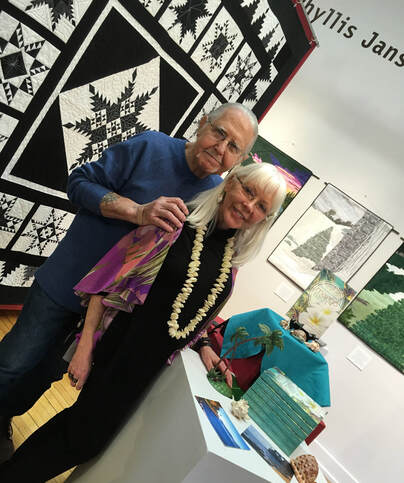
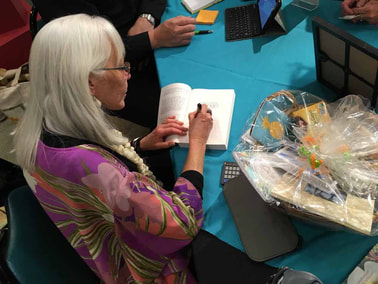
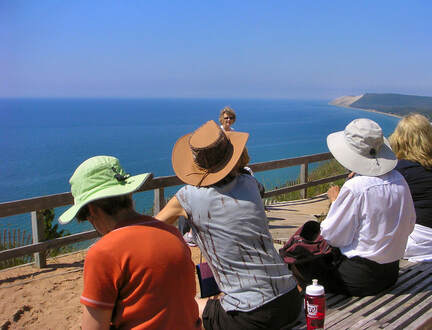


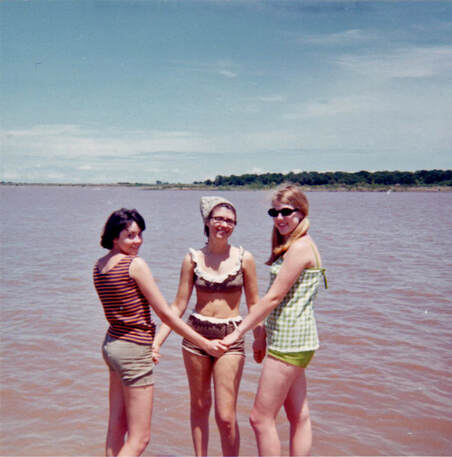




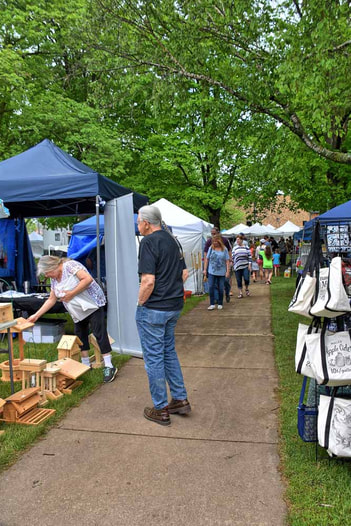
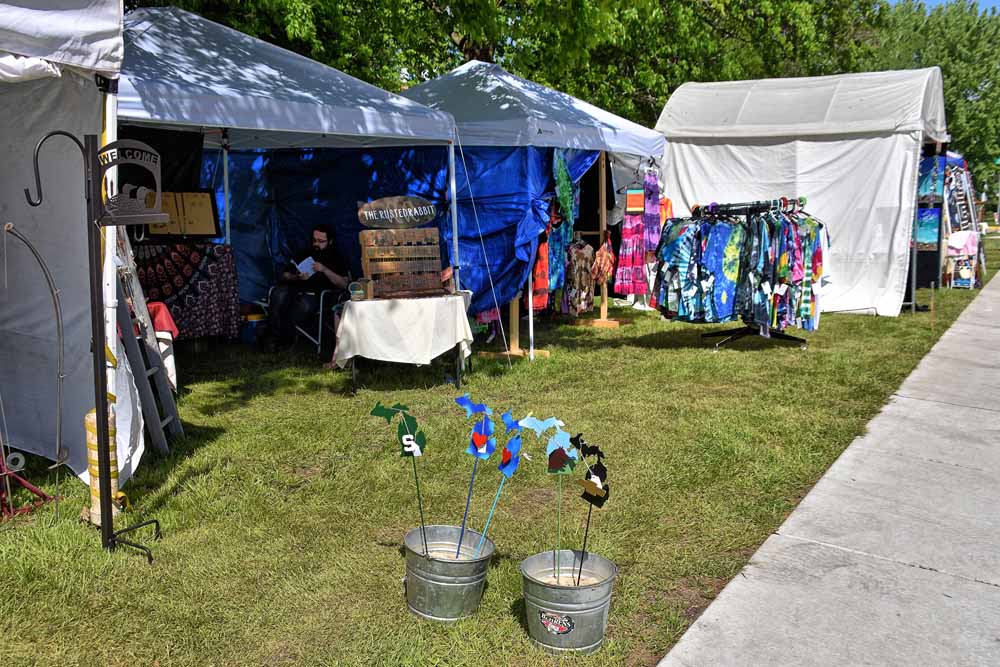
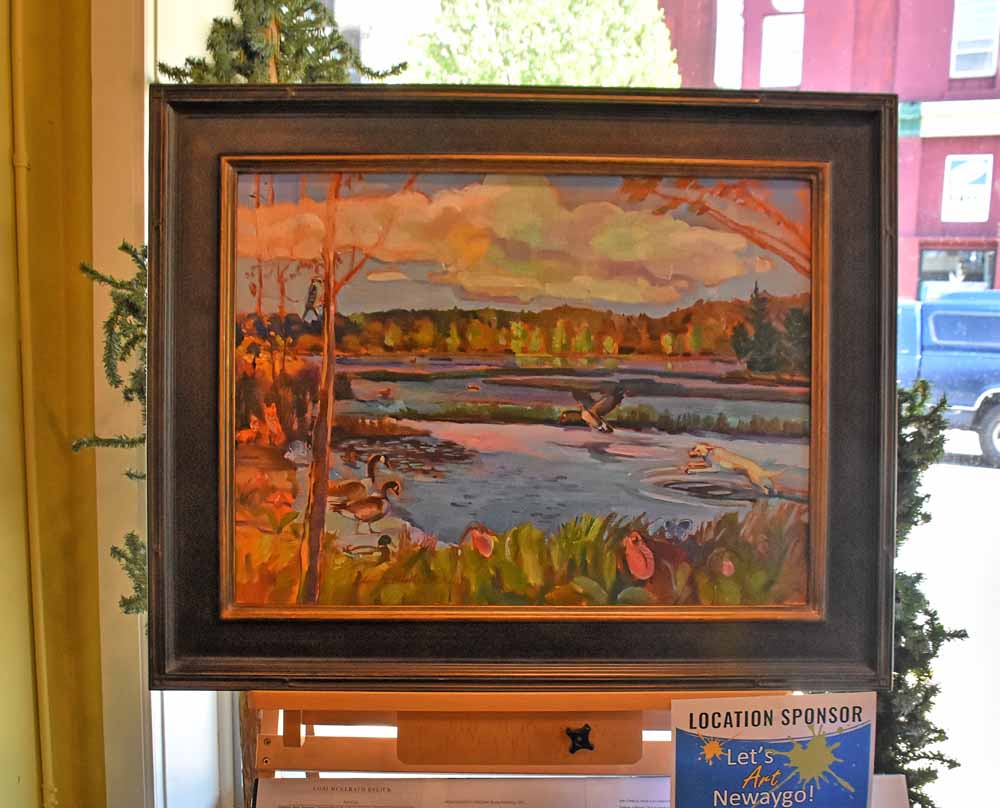
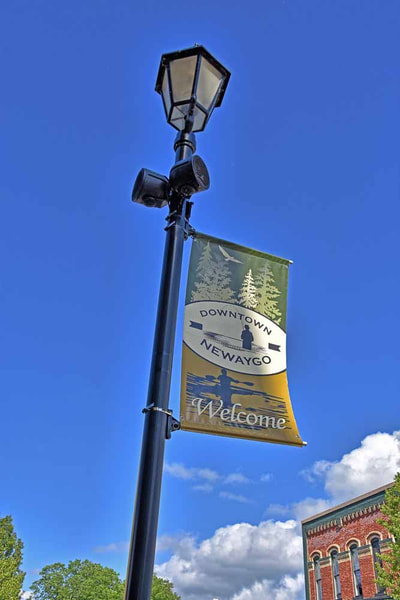
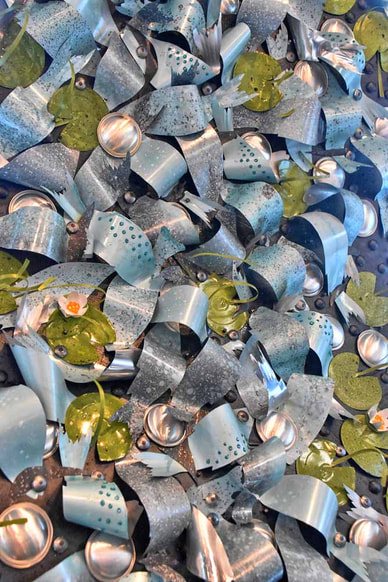
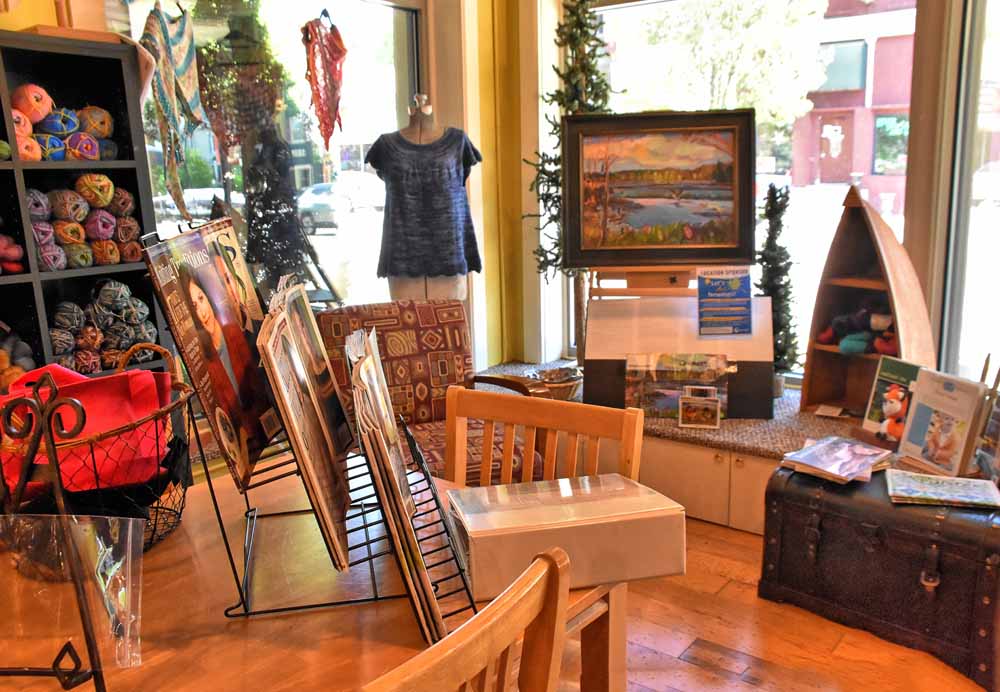
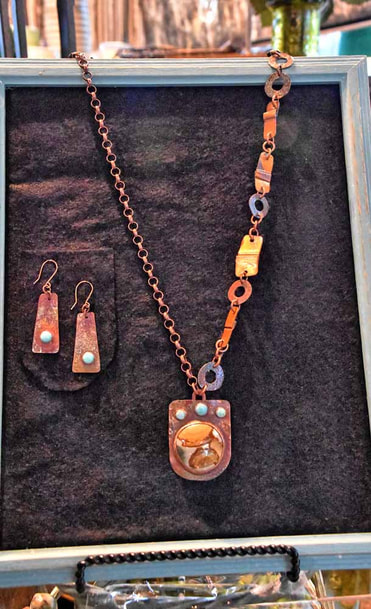
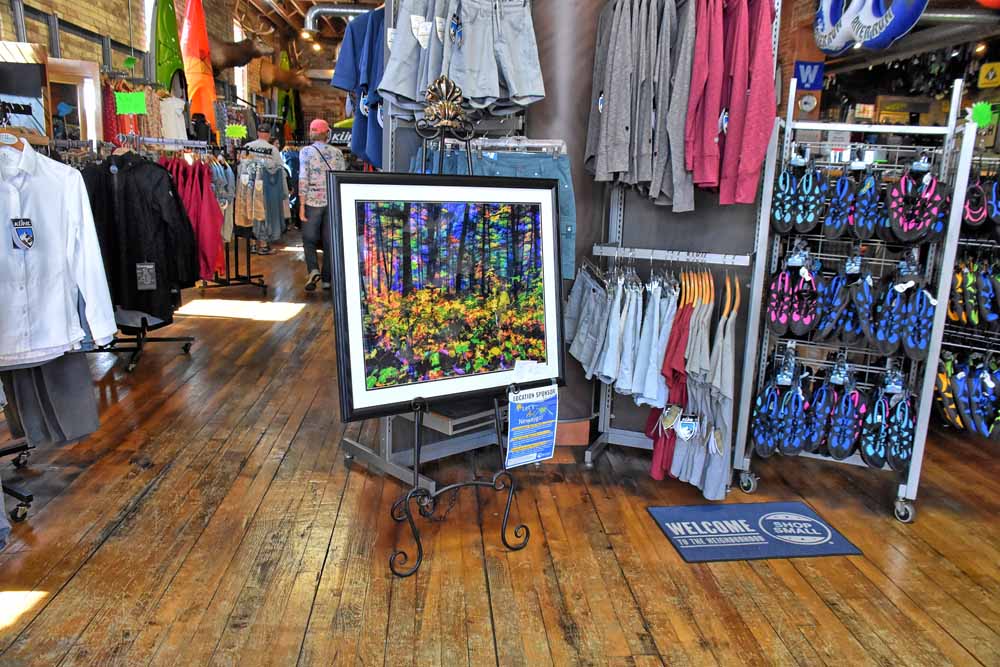
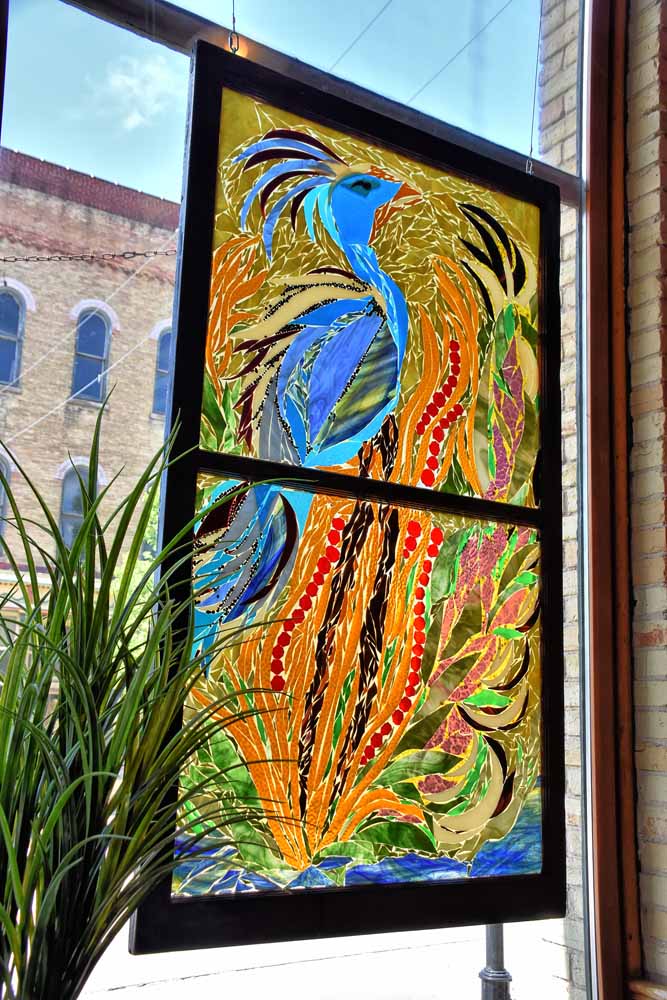
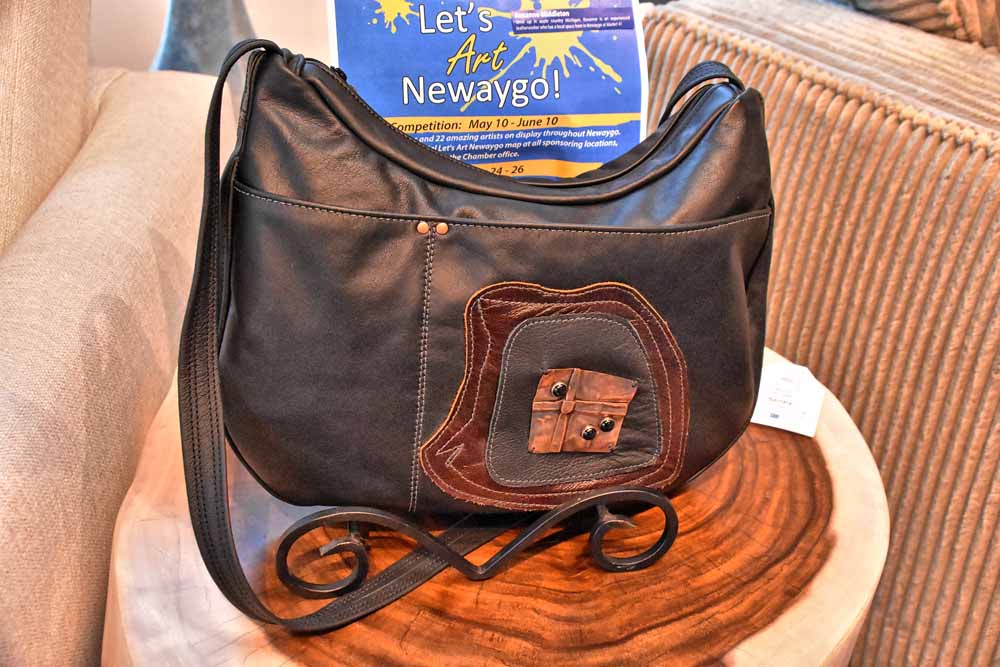
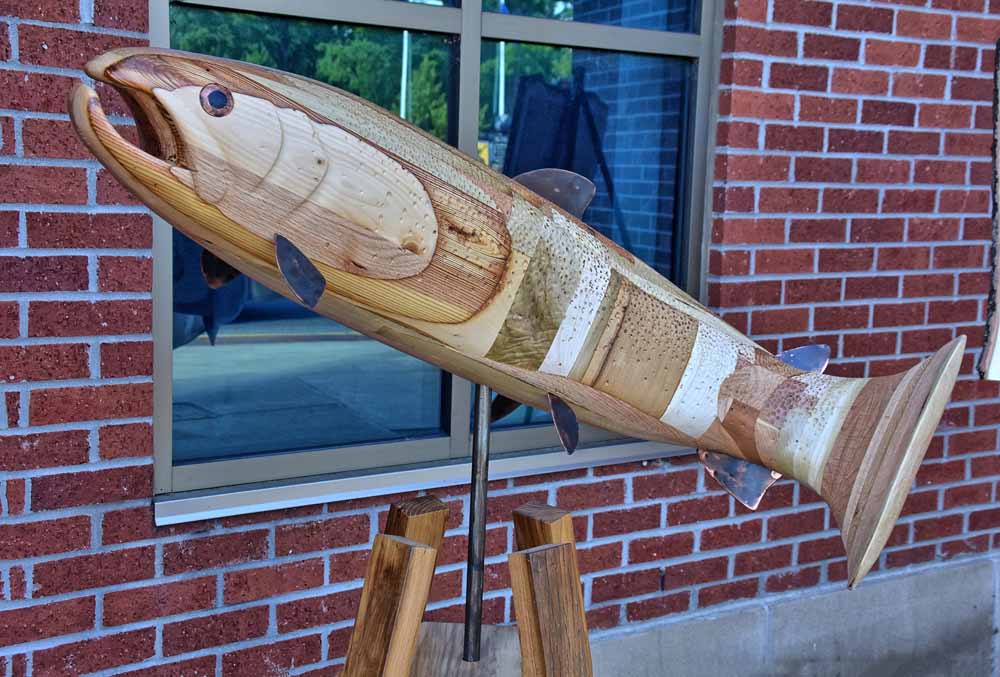
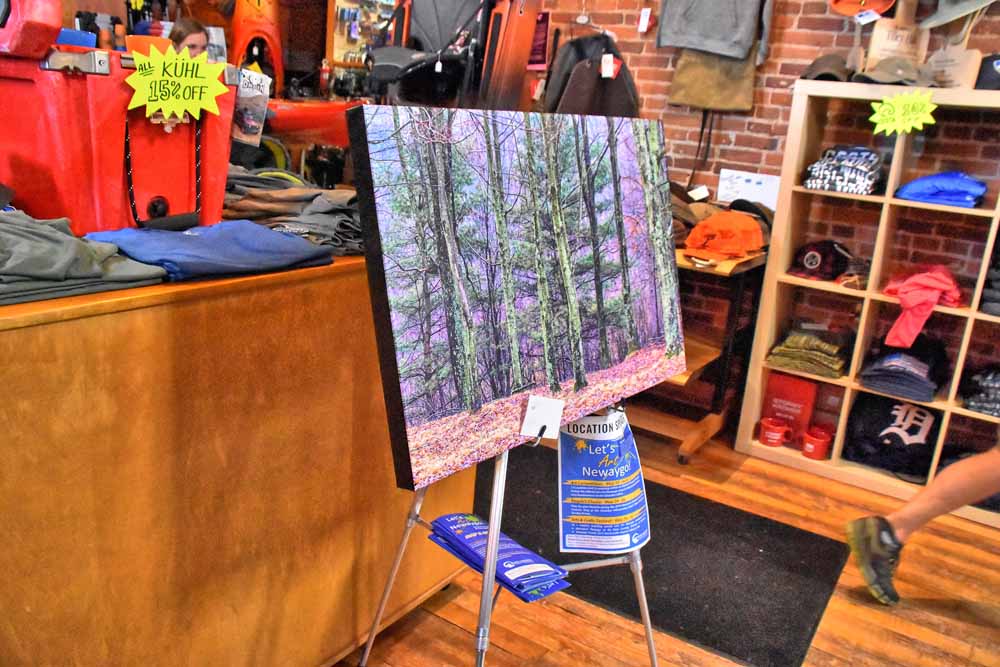
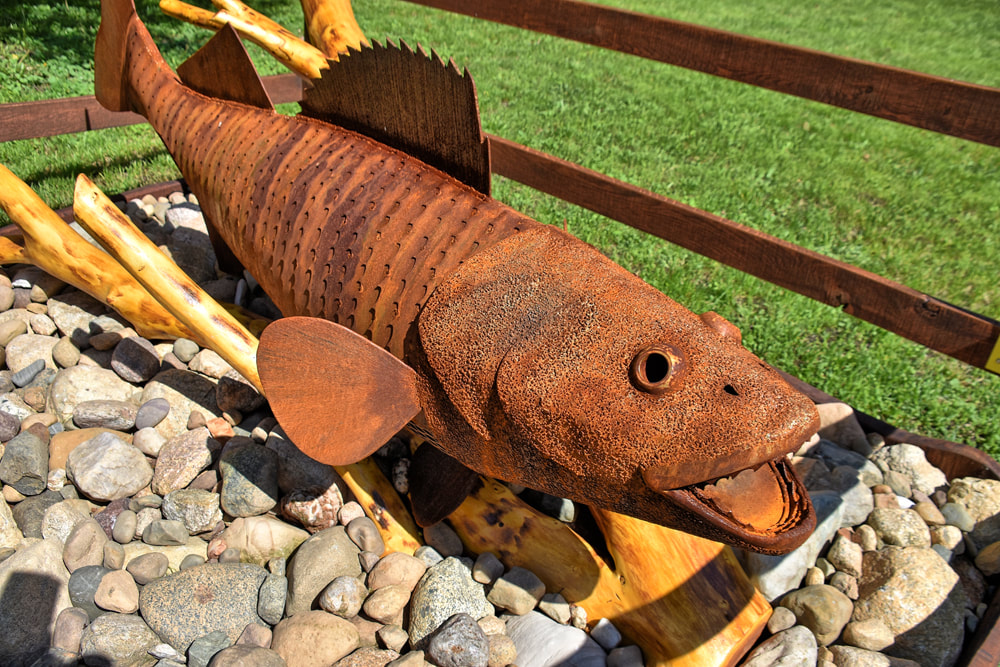
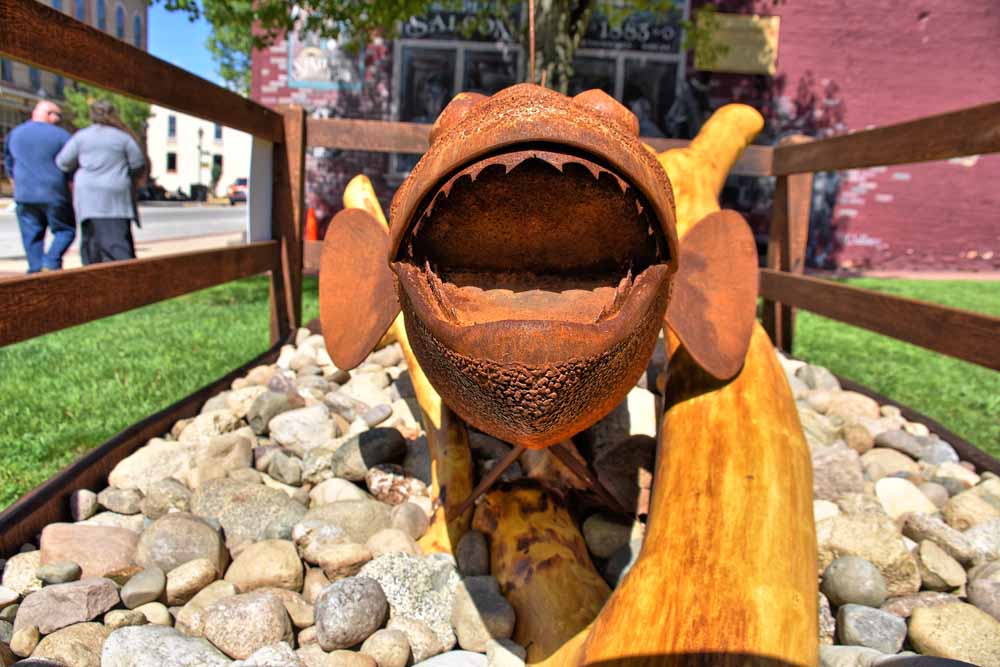
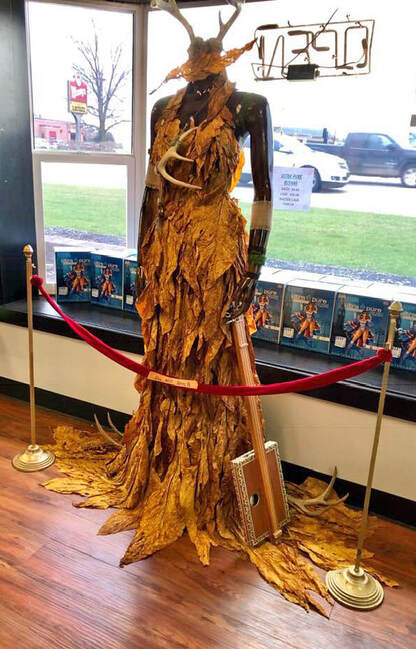
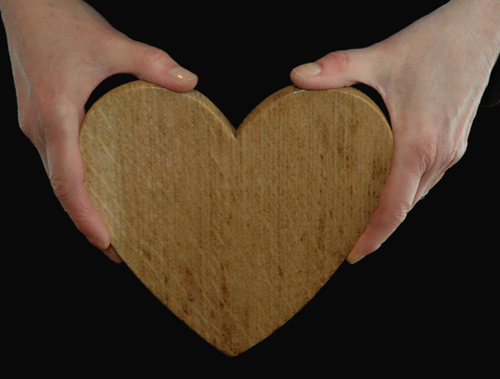
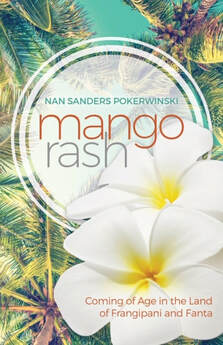
 RSS Feed
RSS Feed